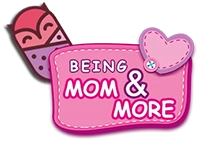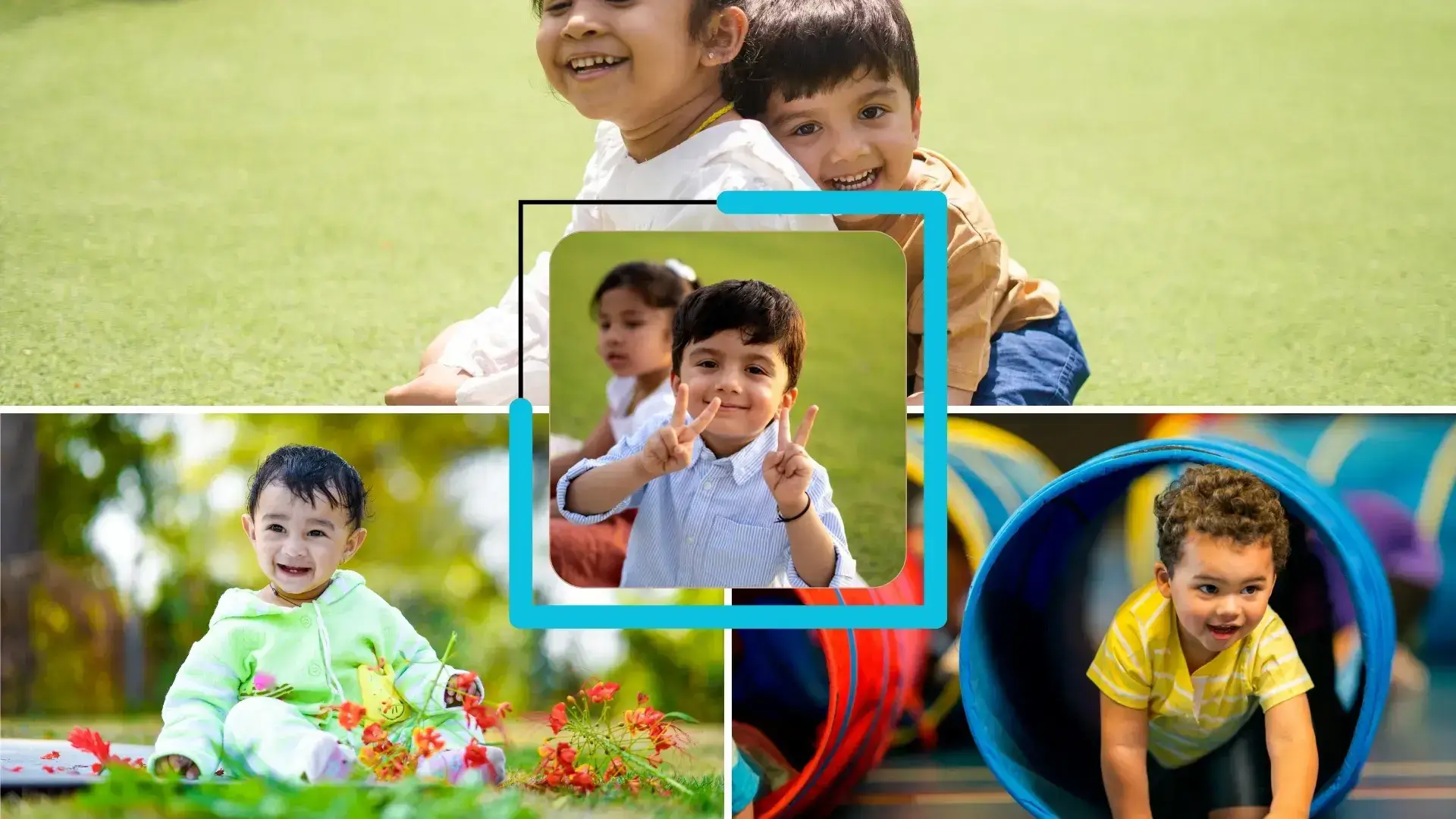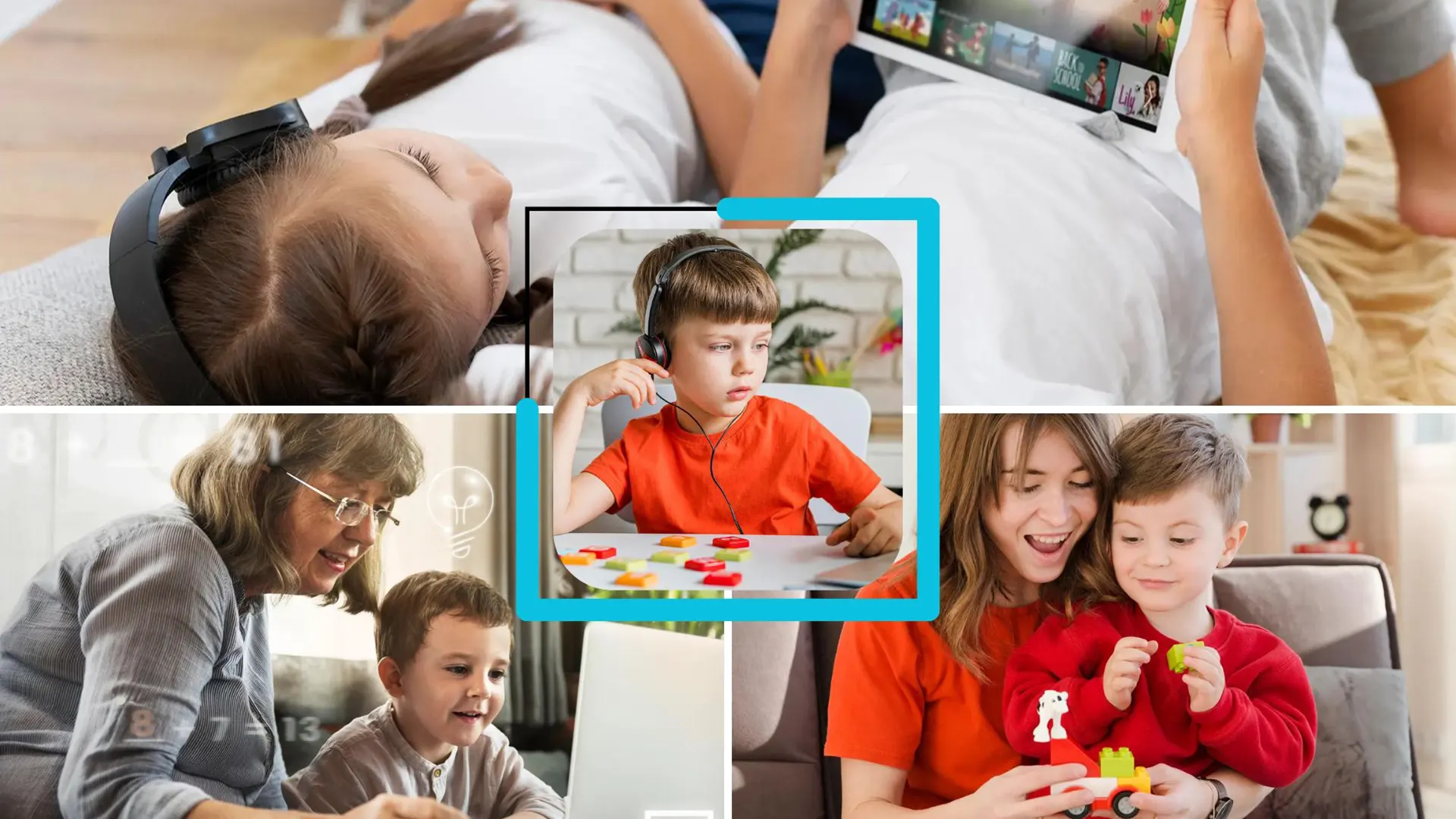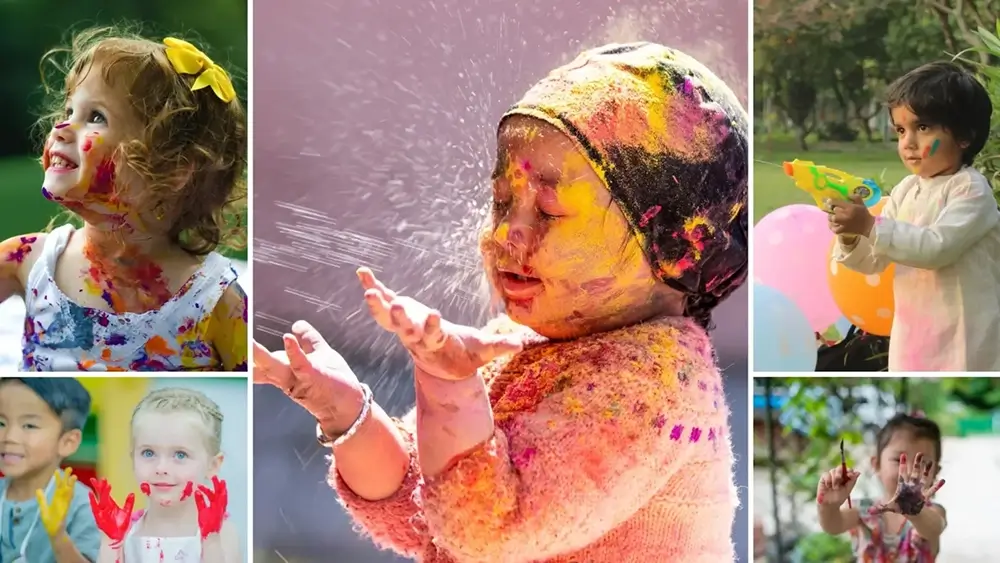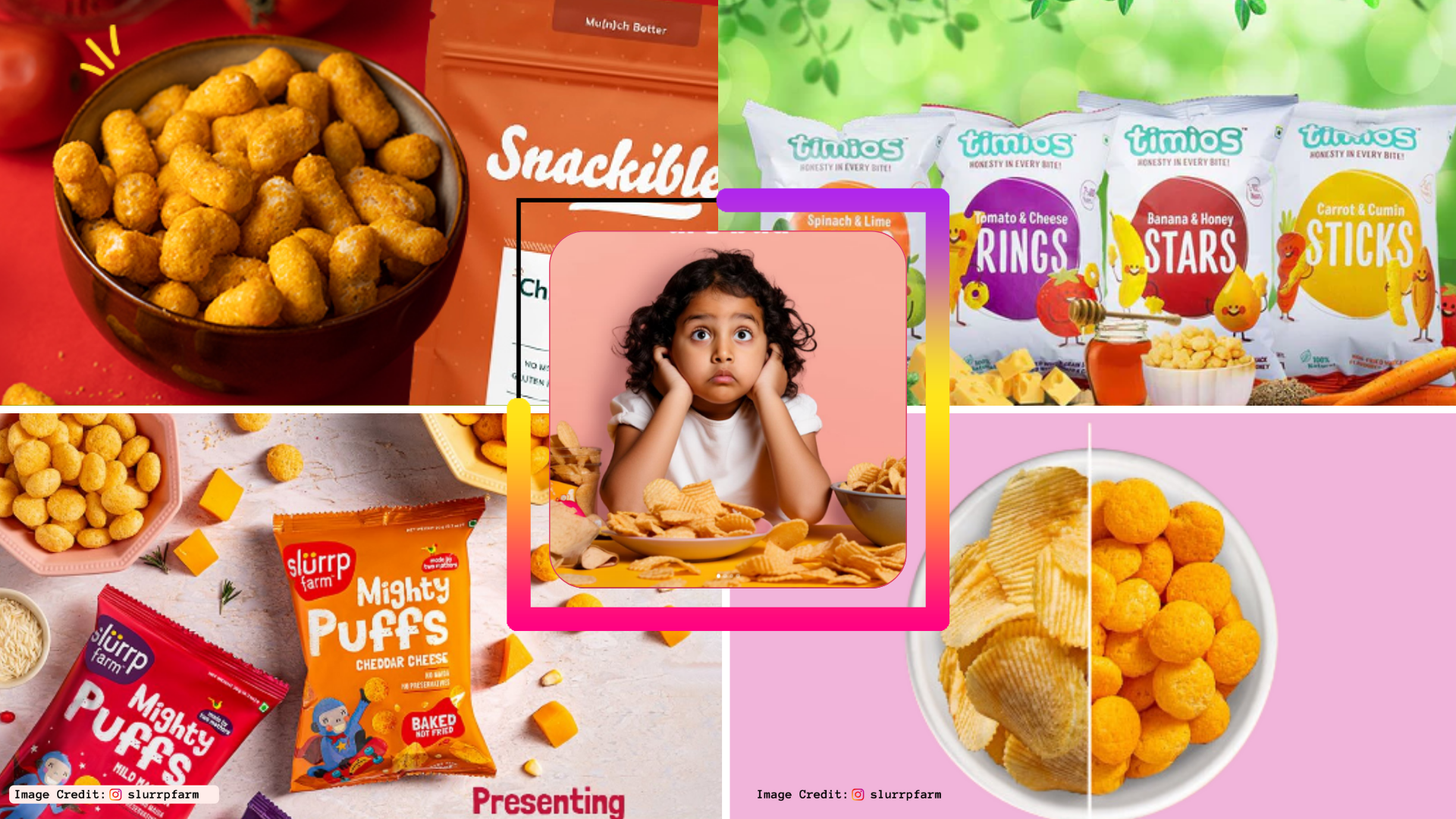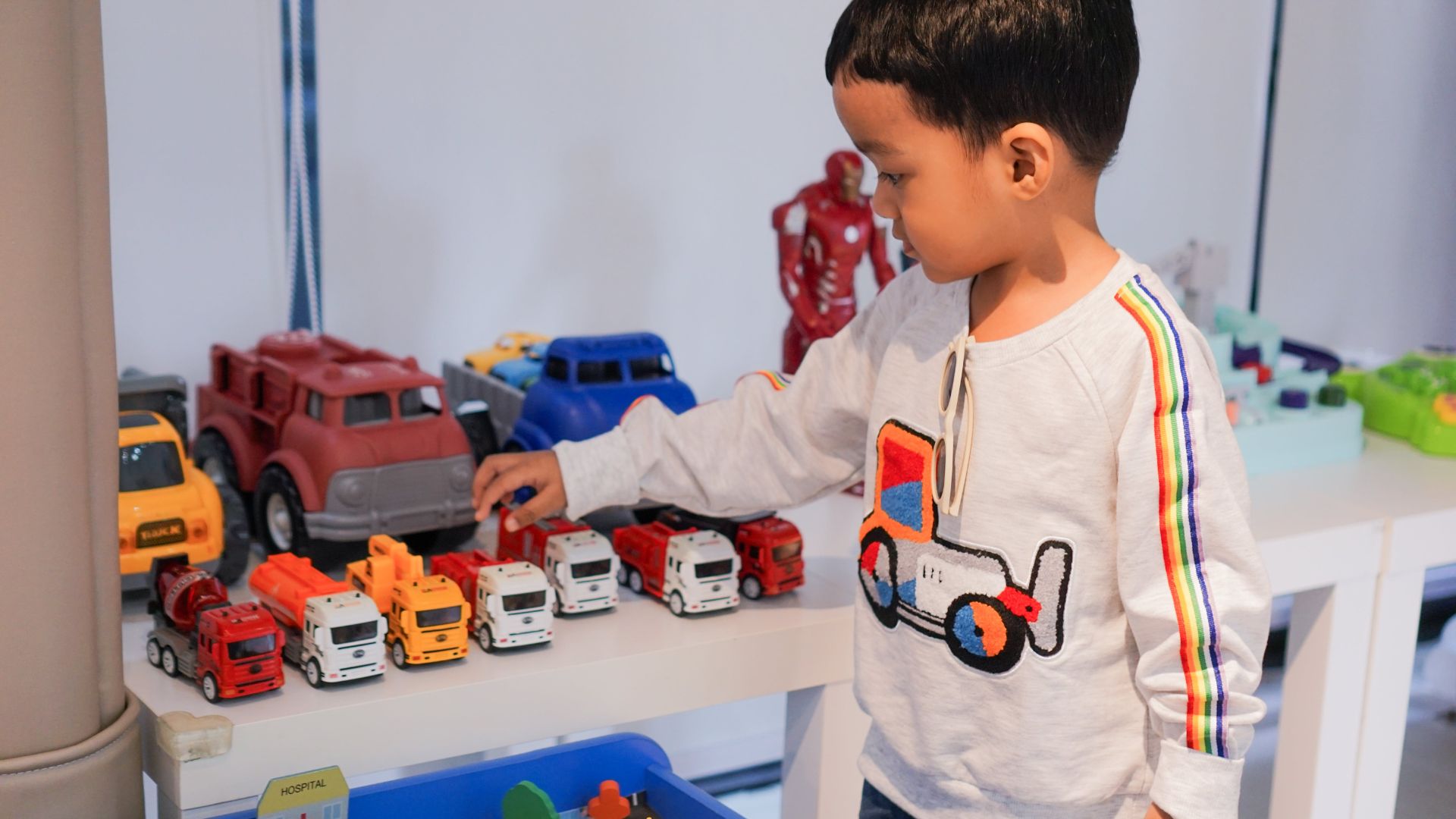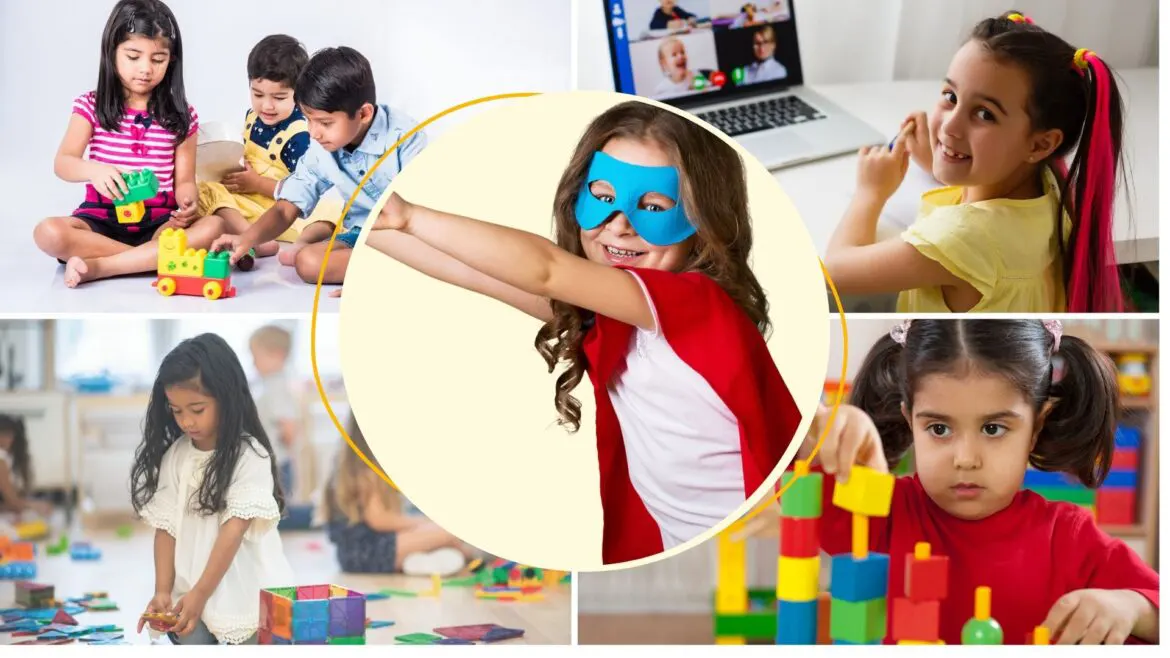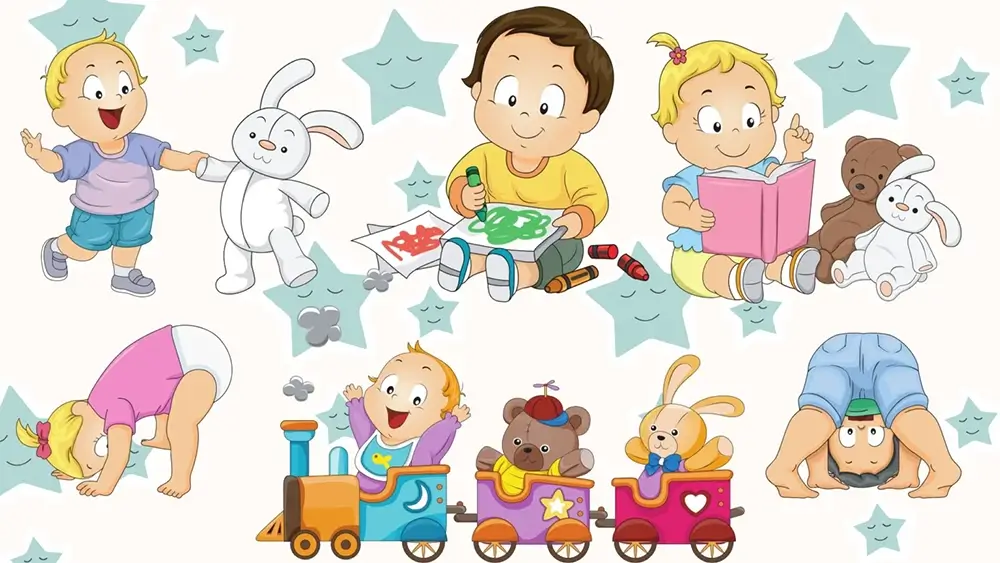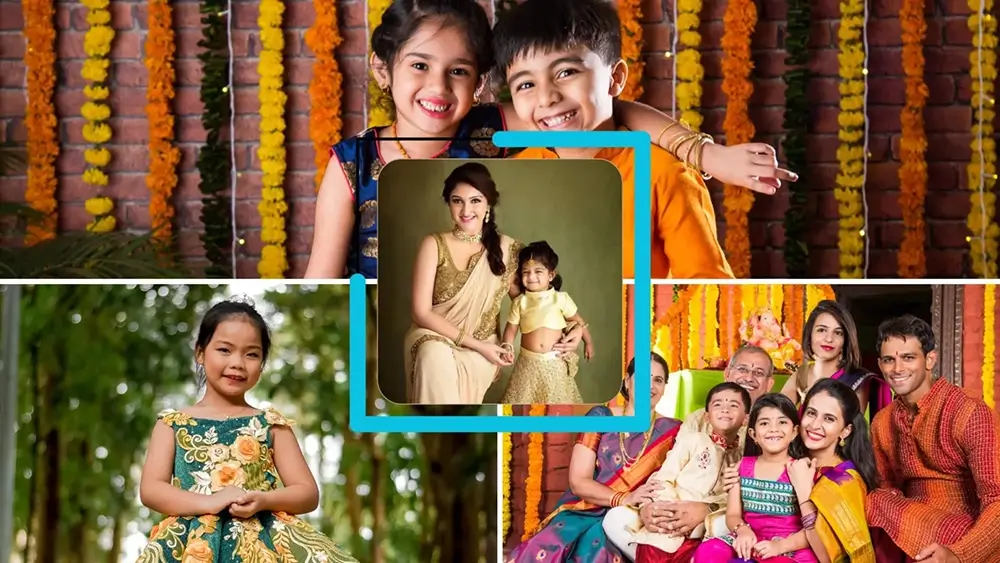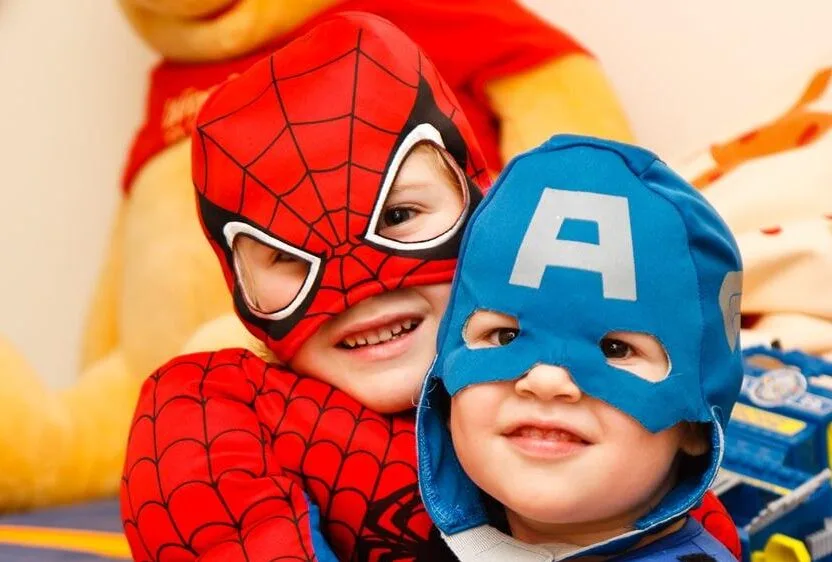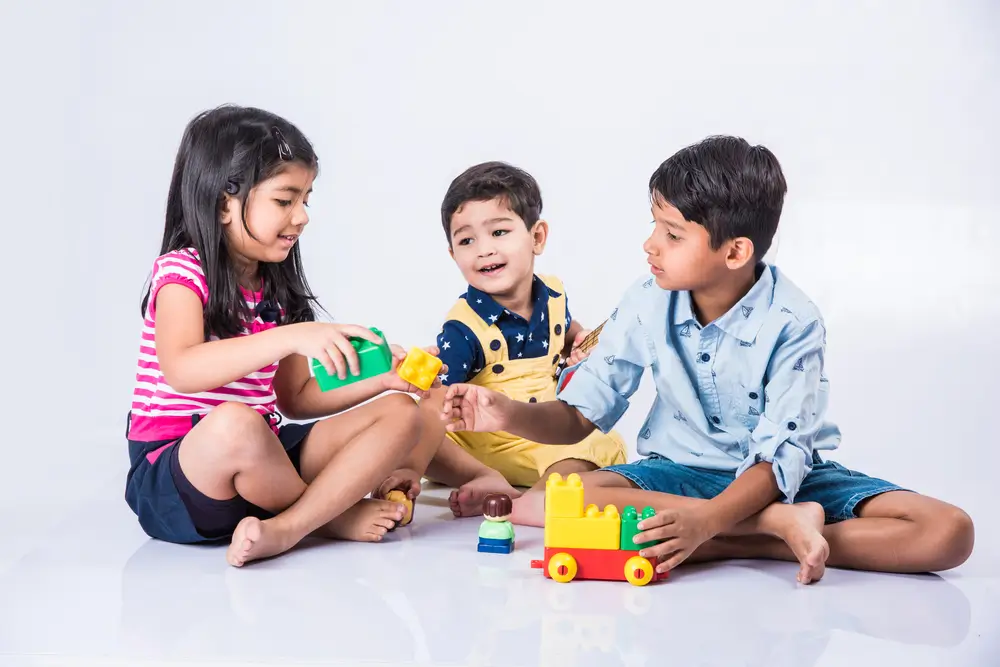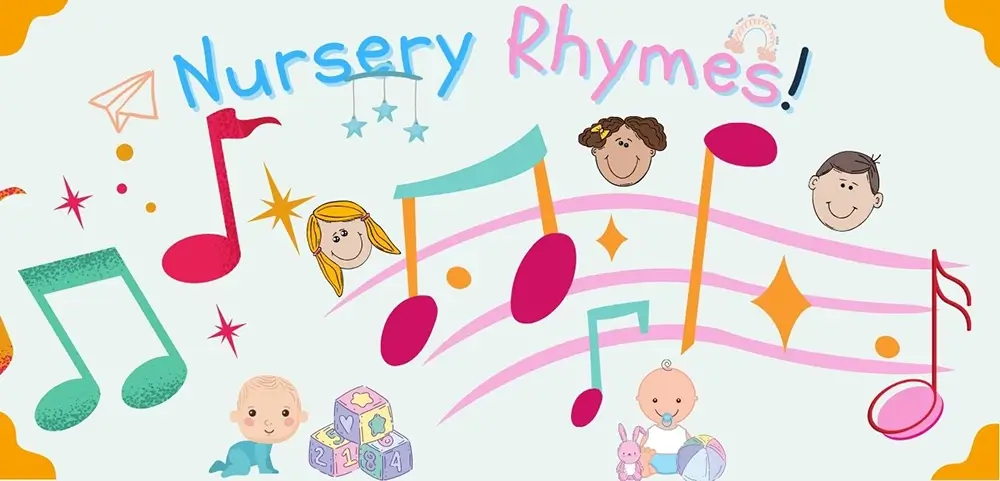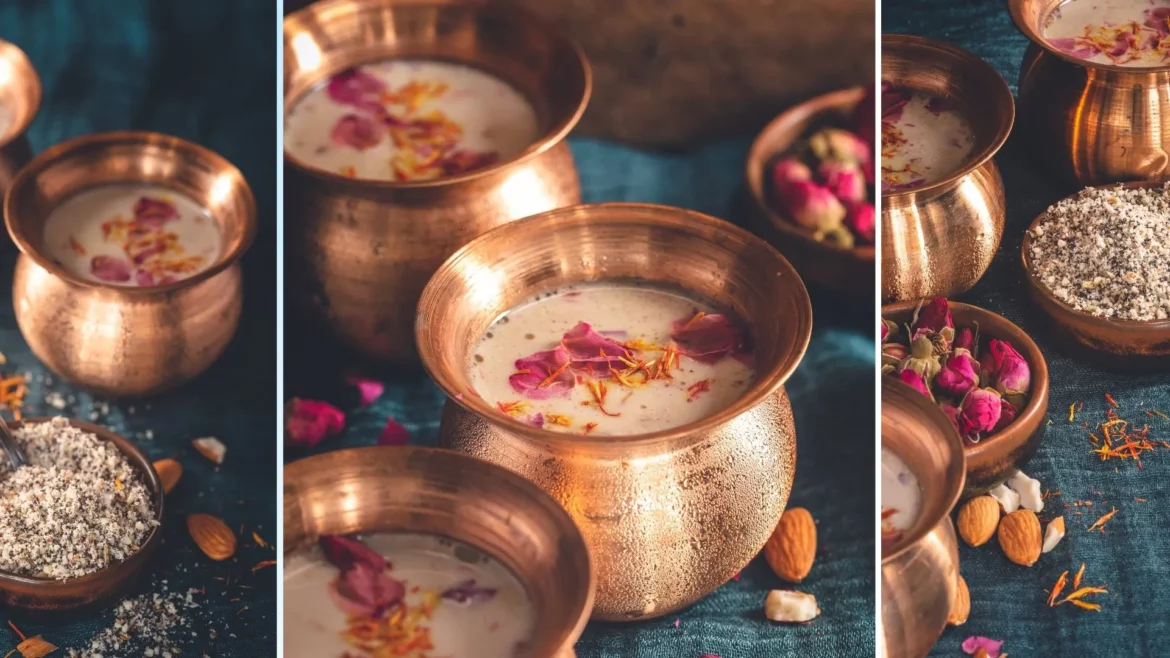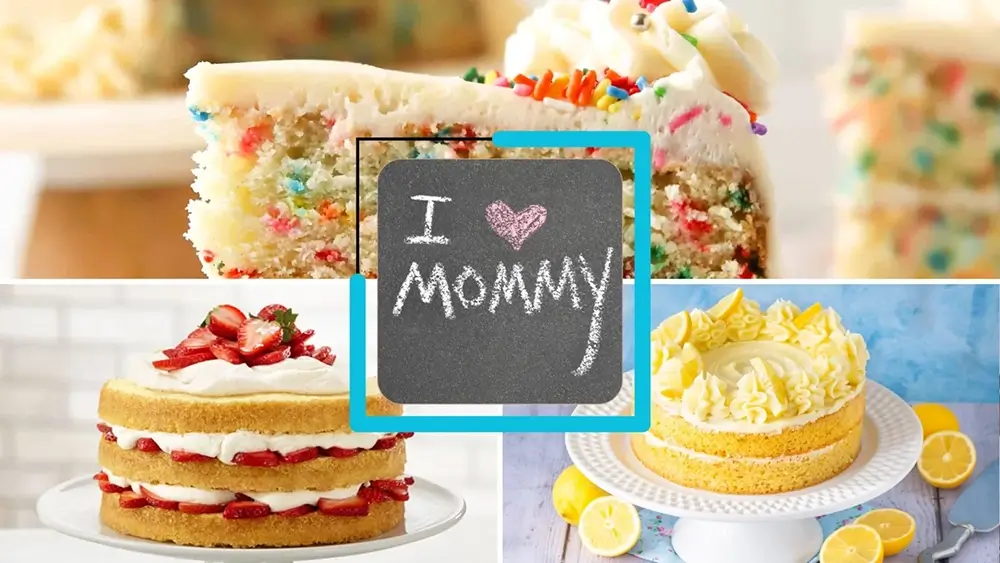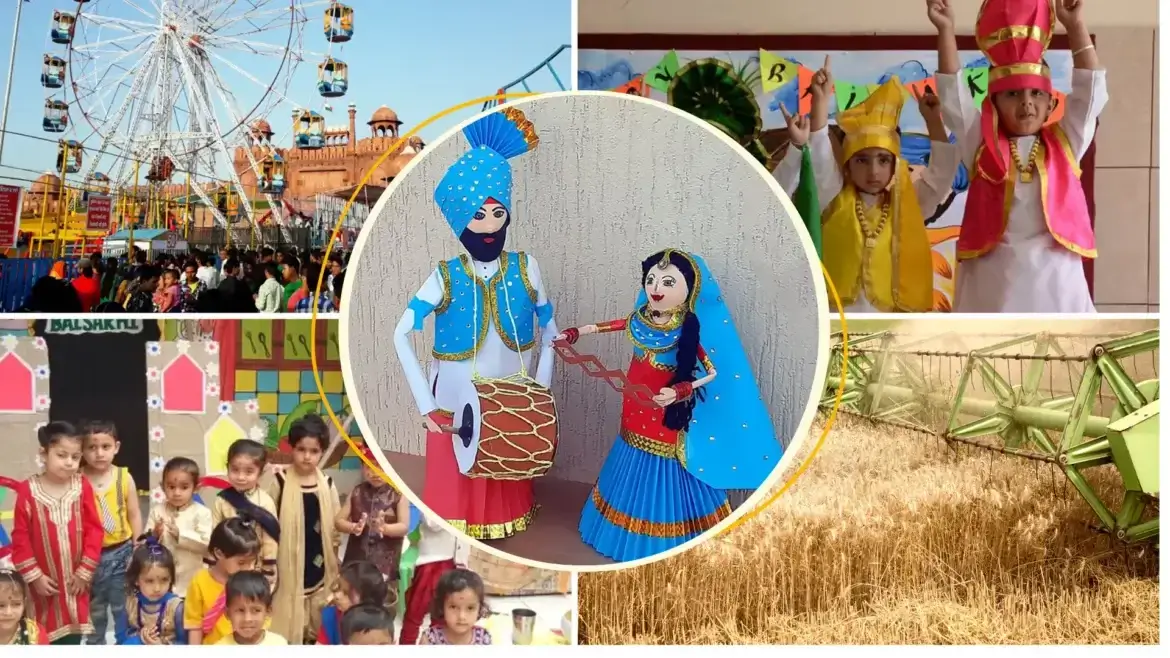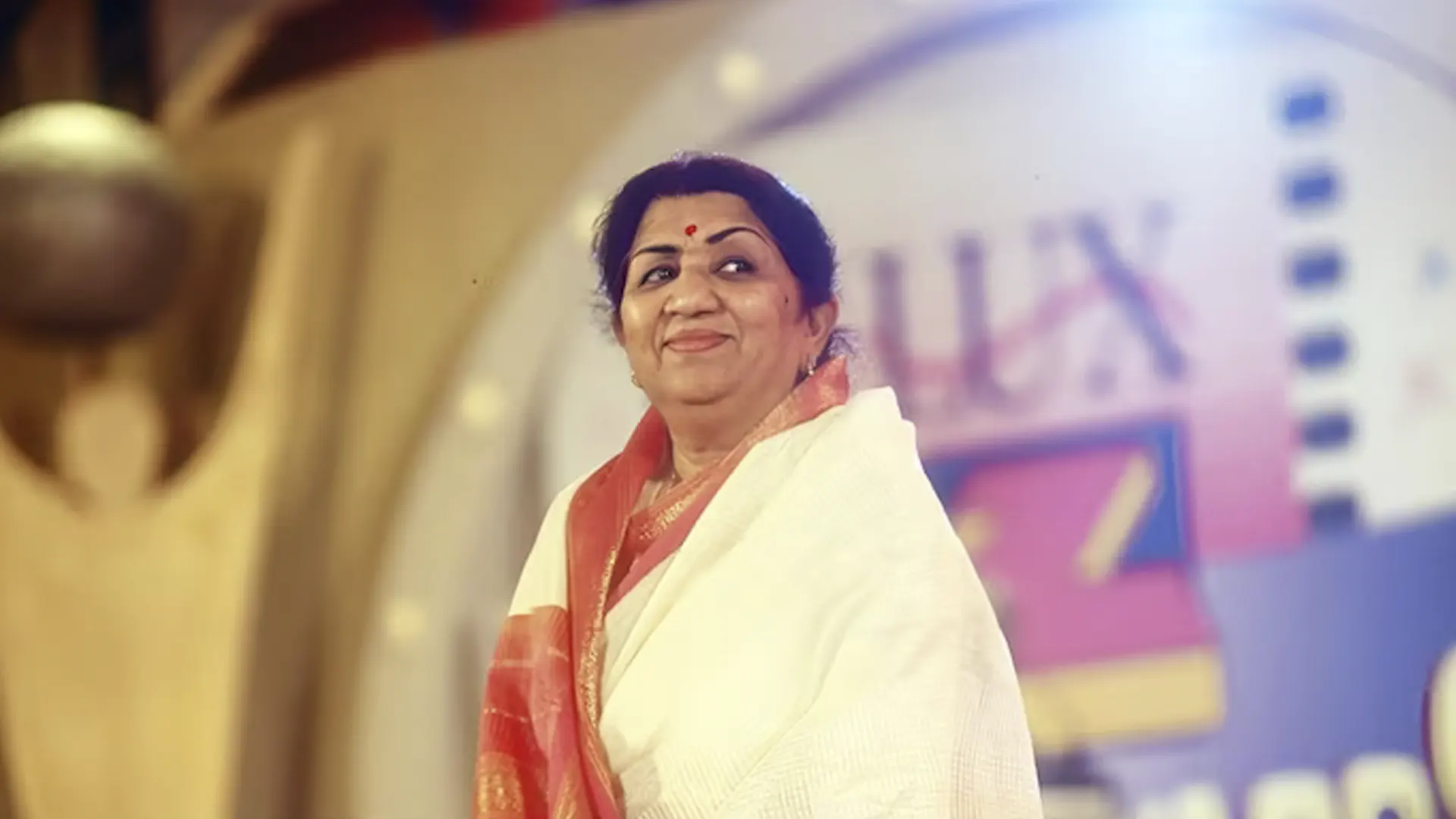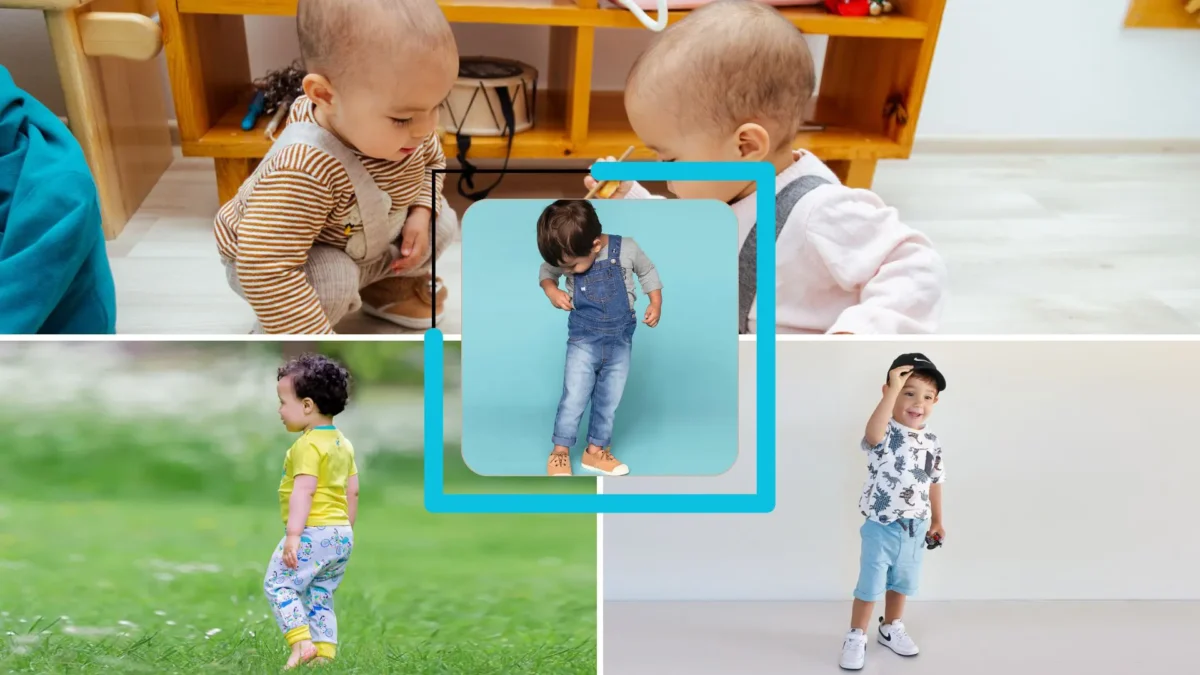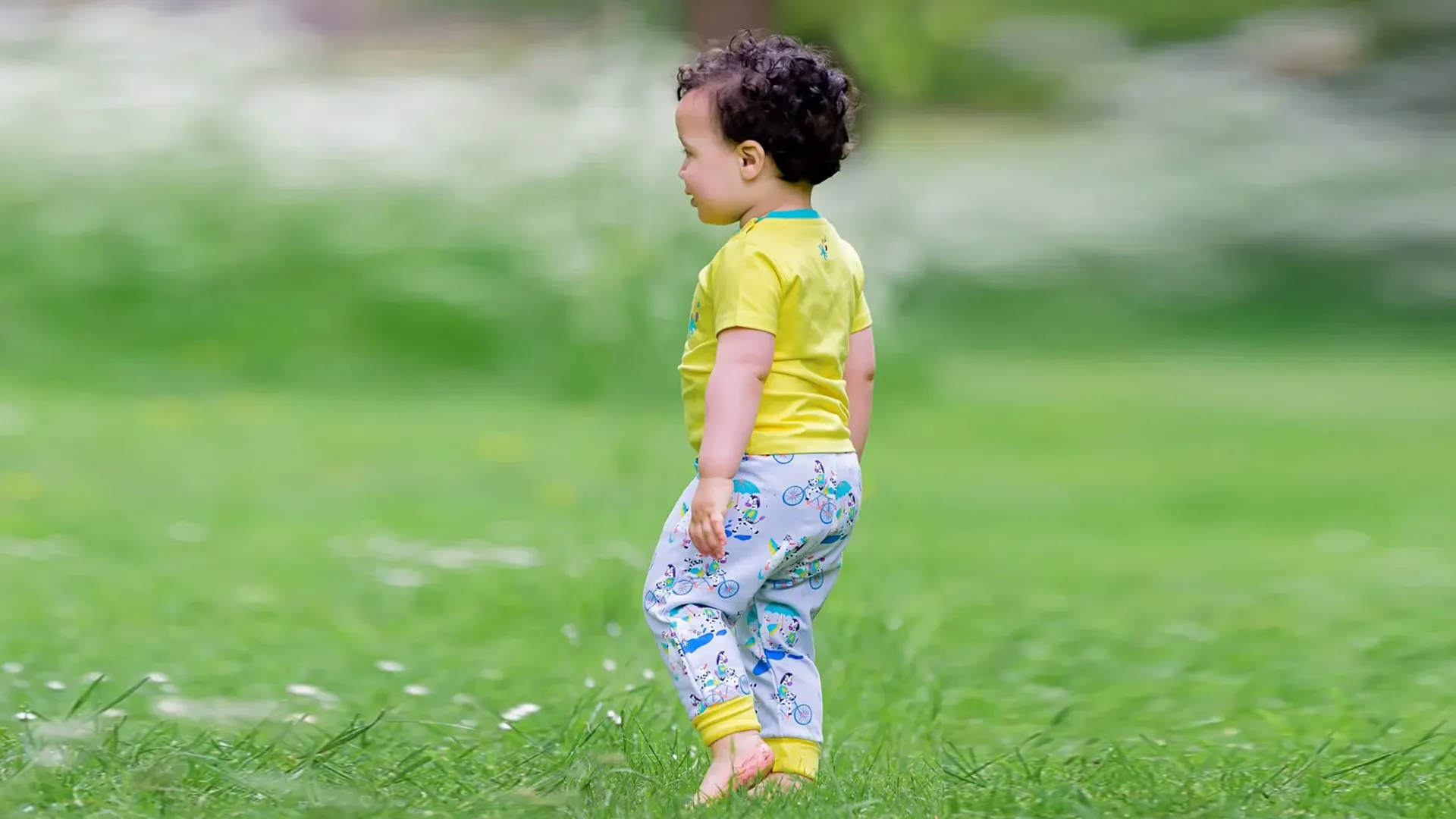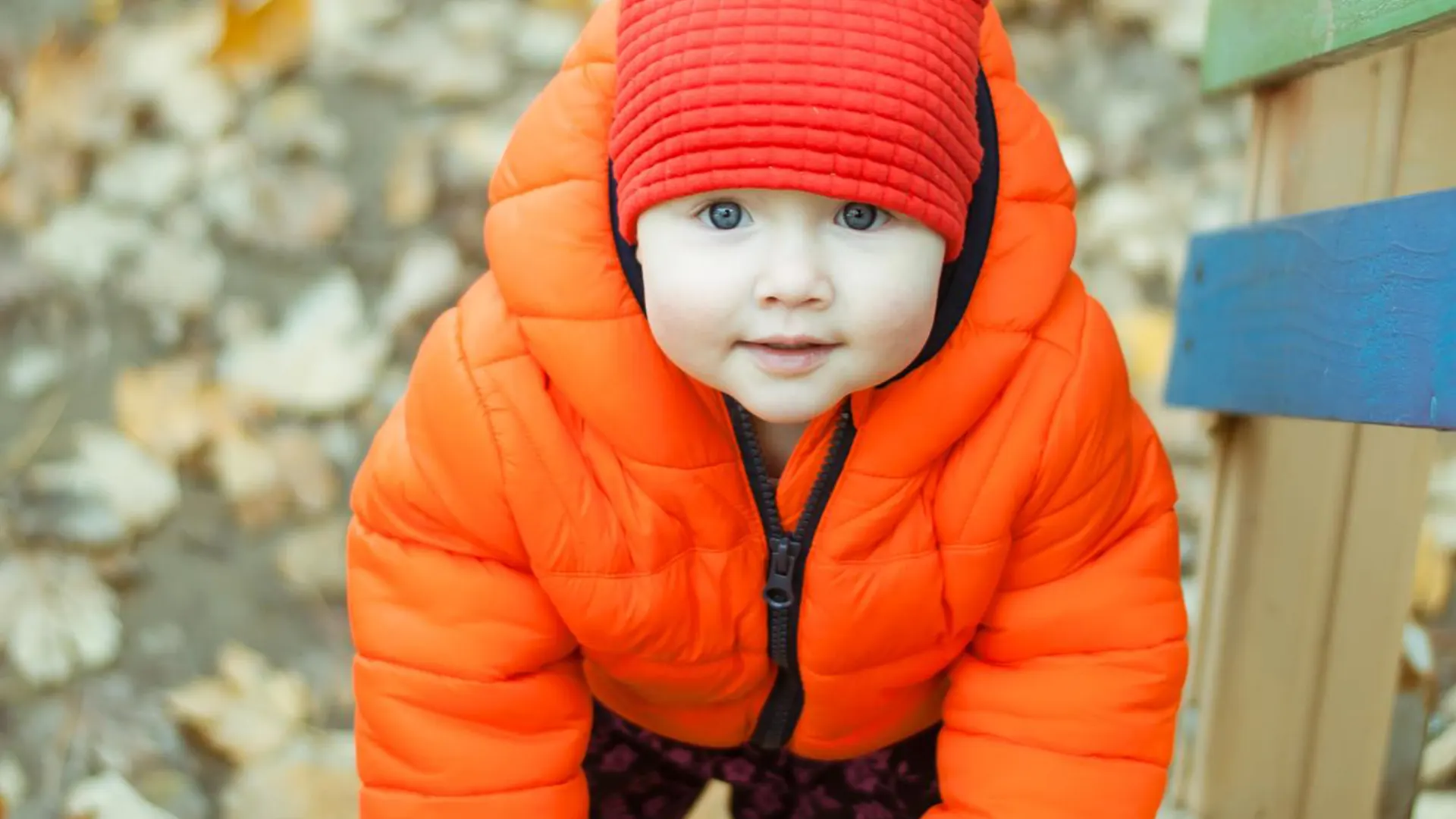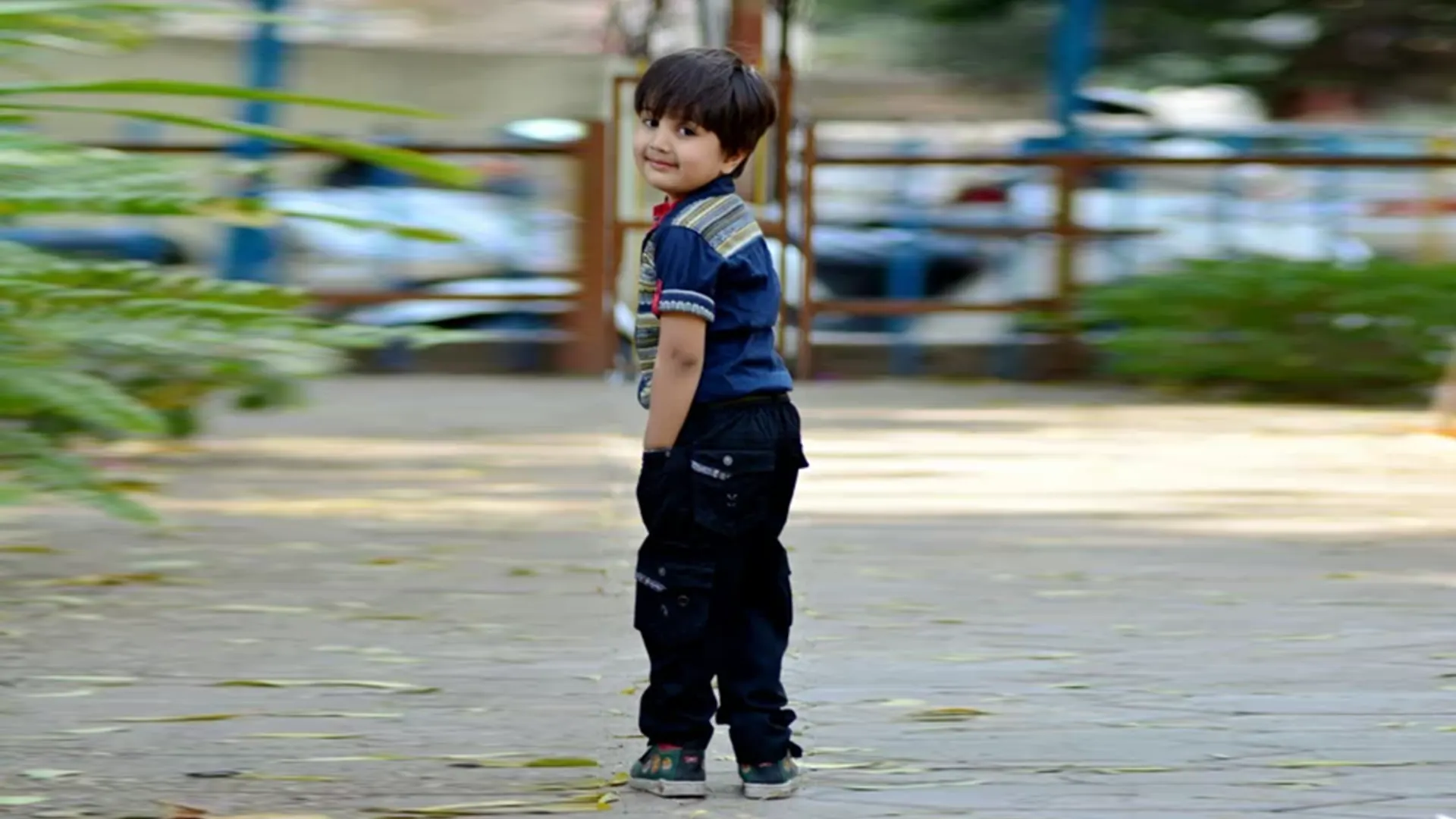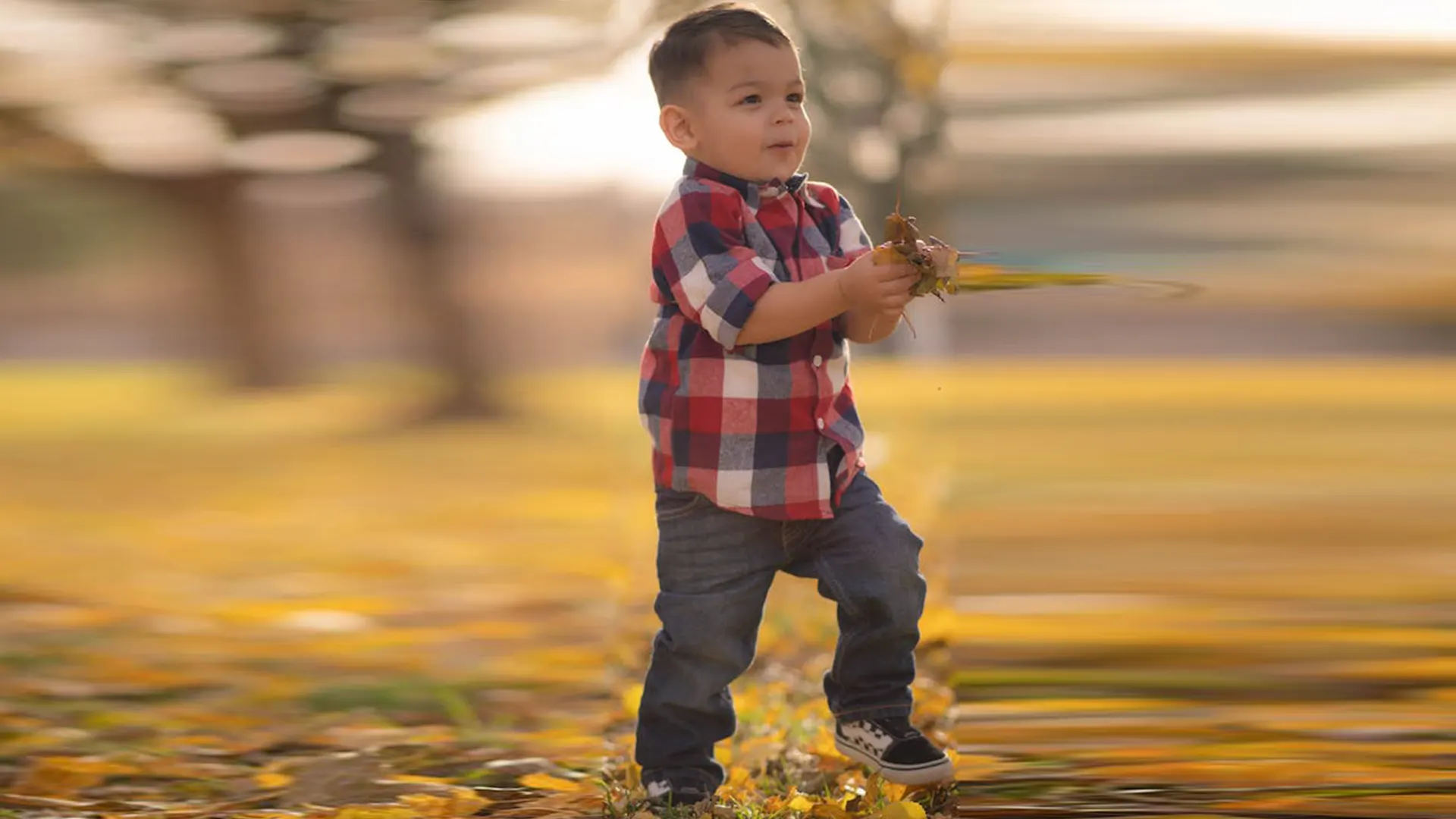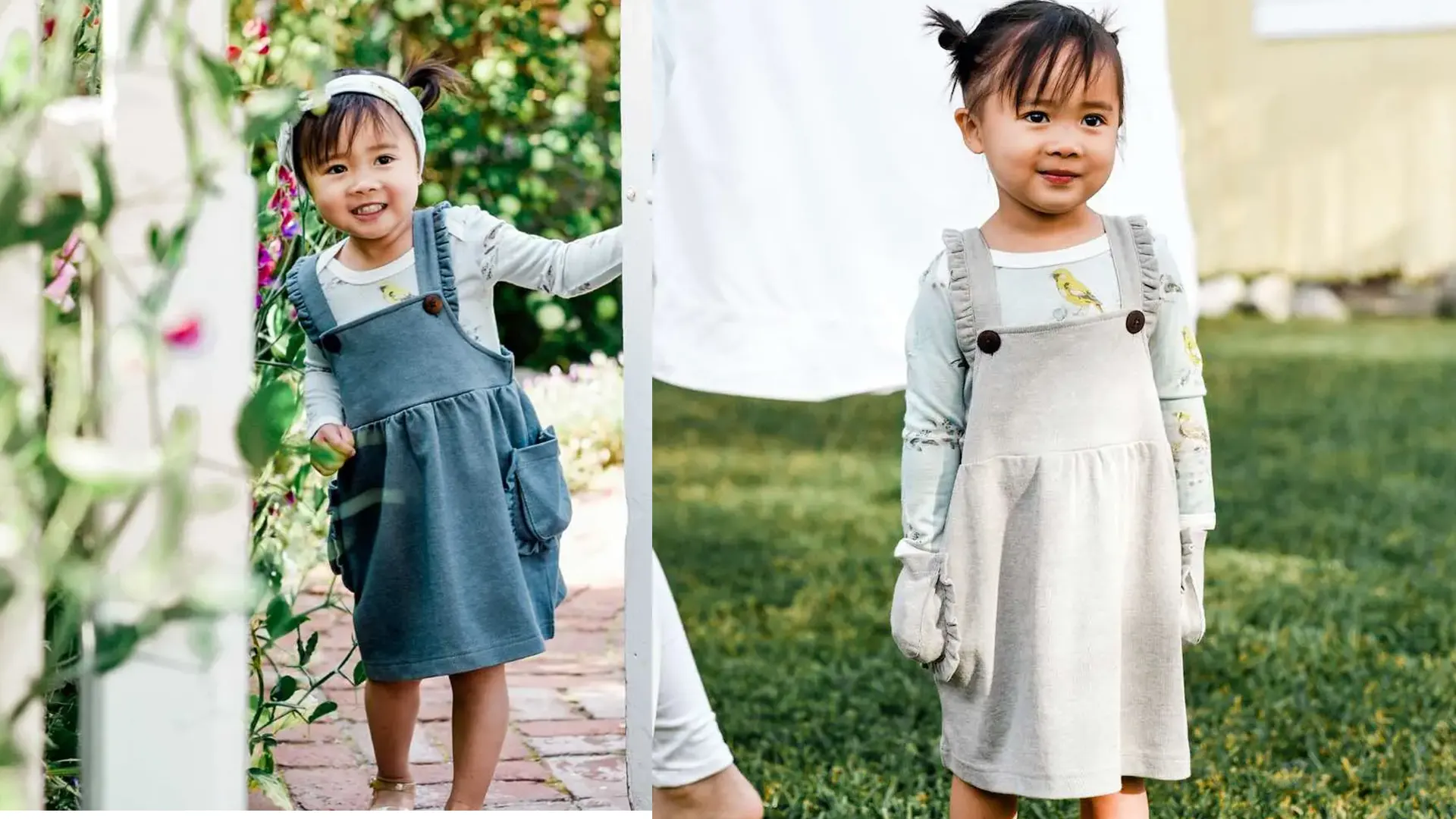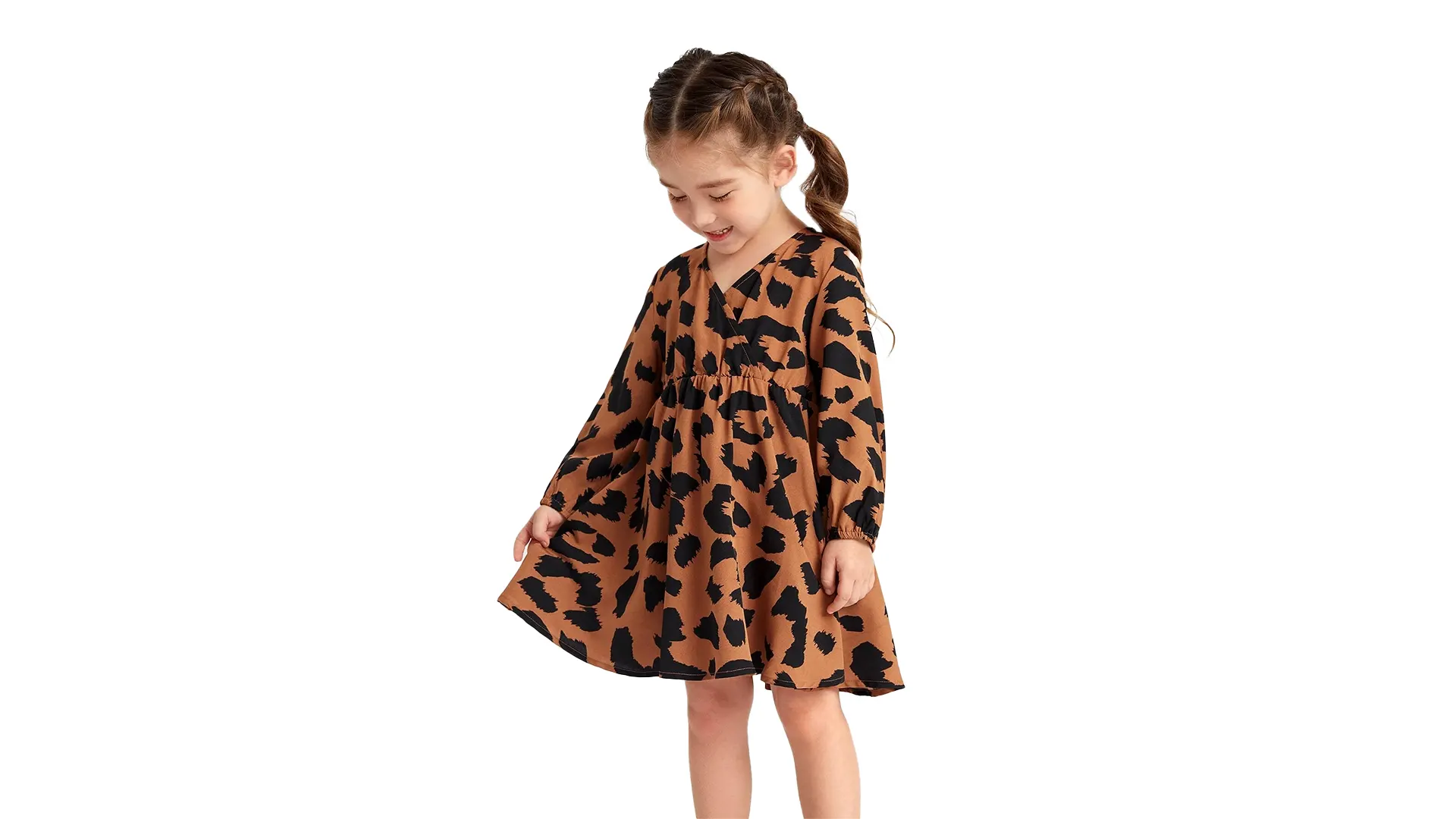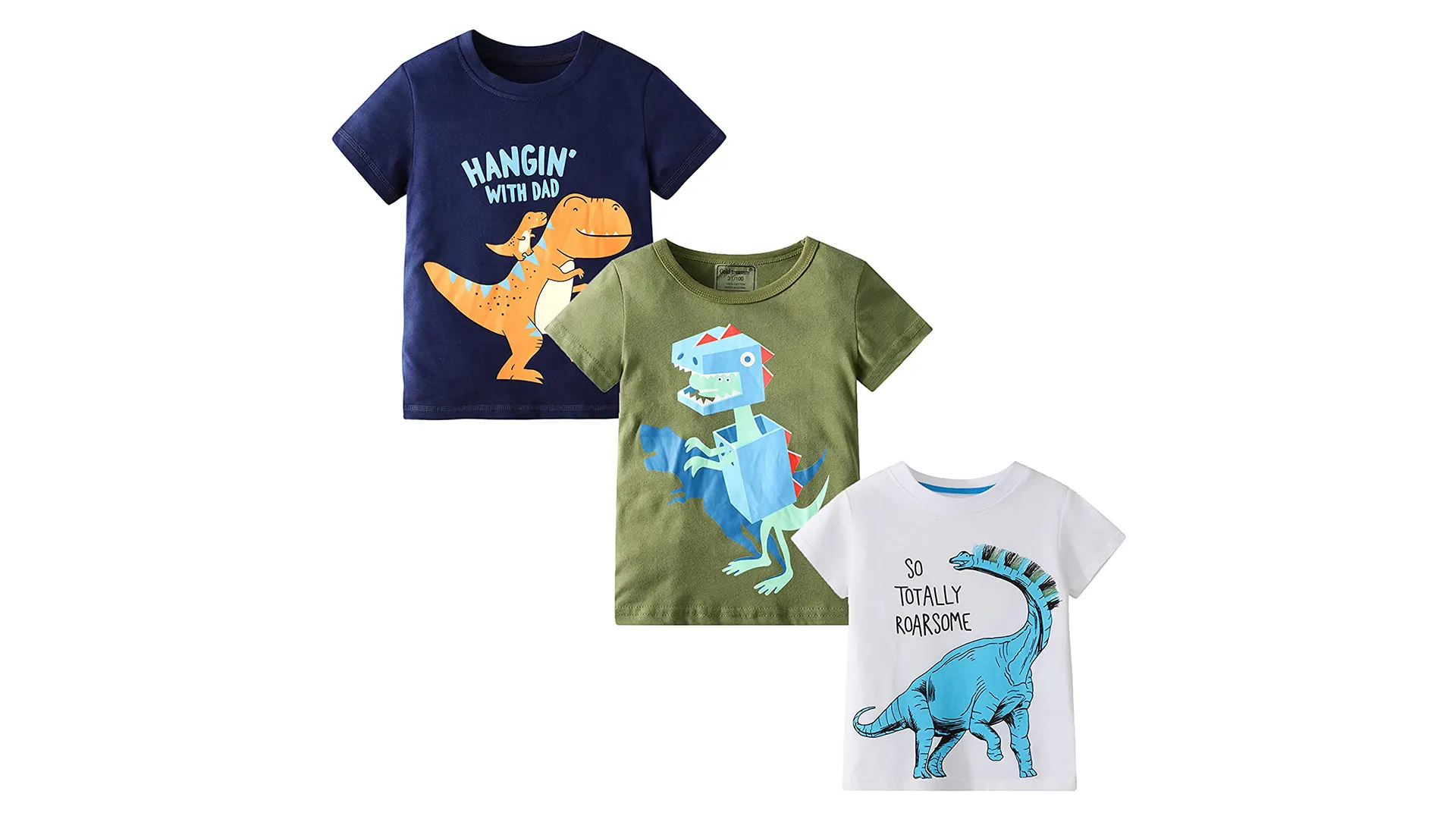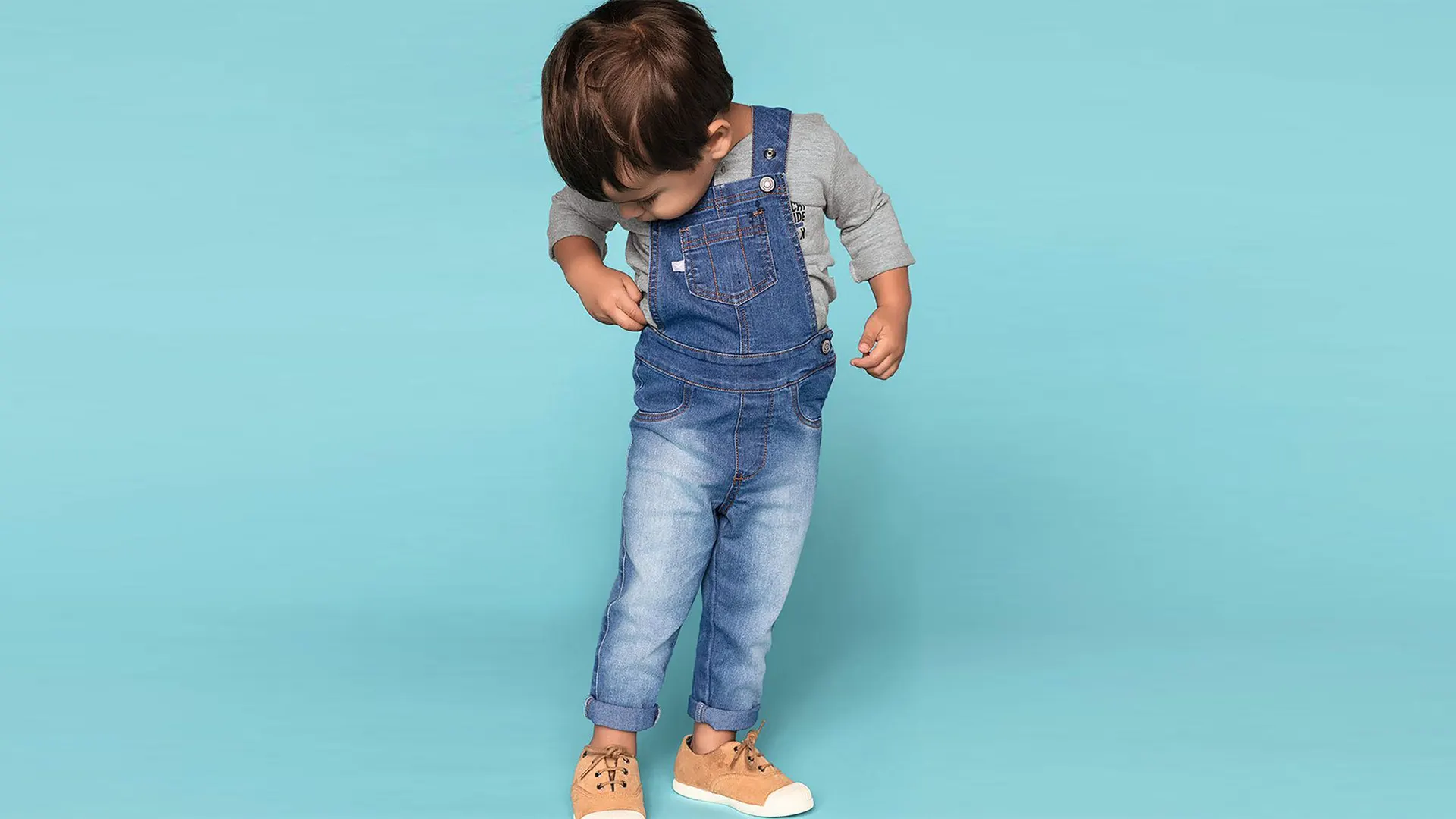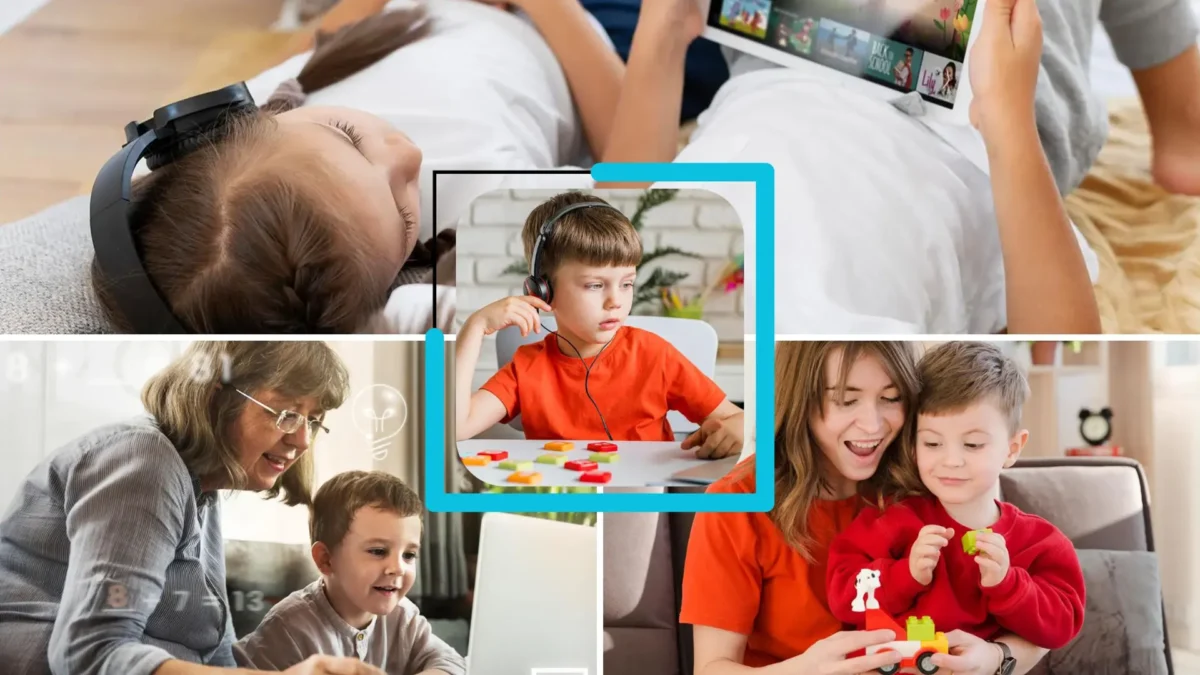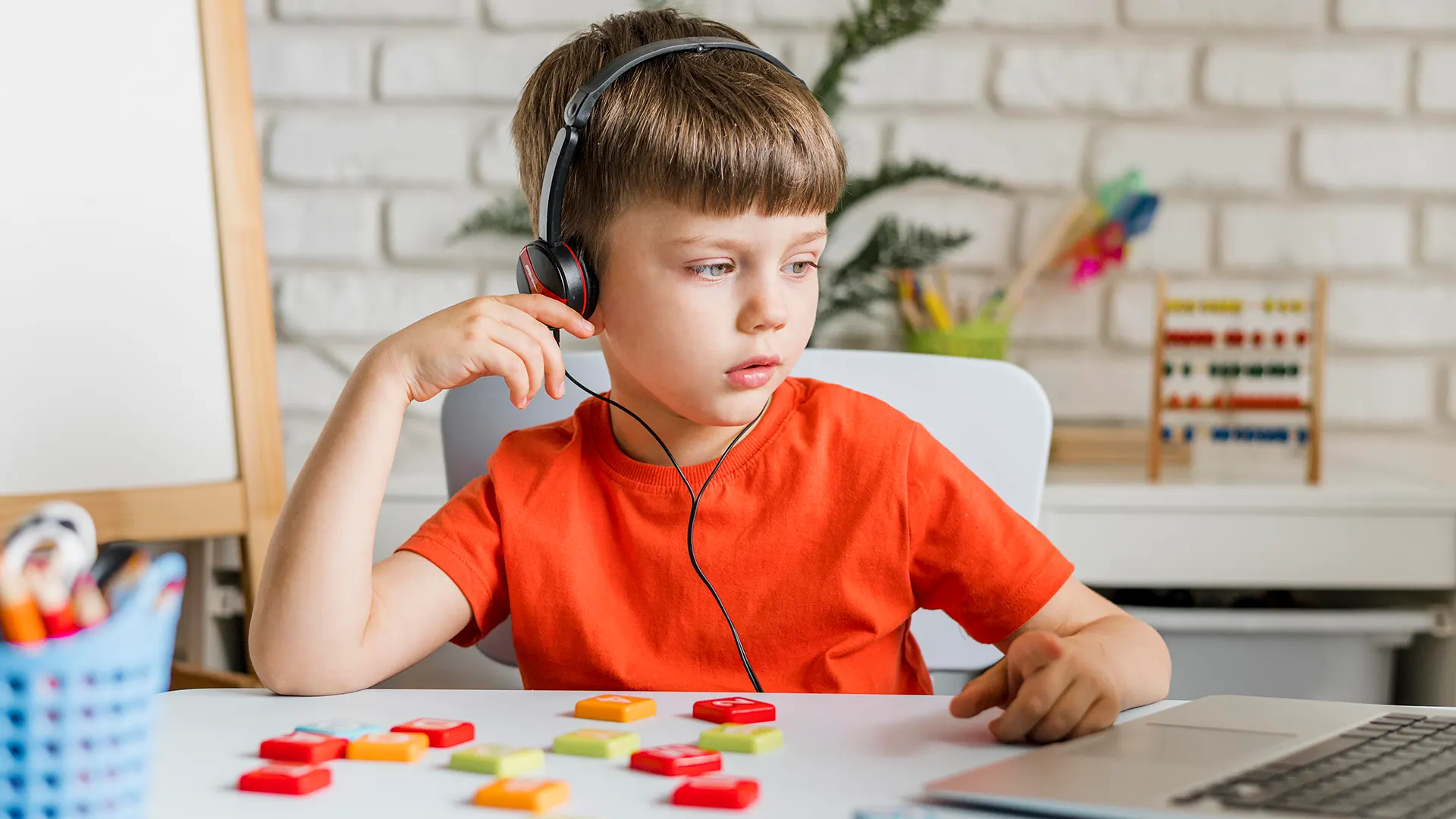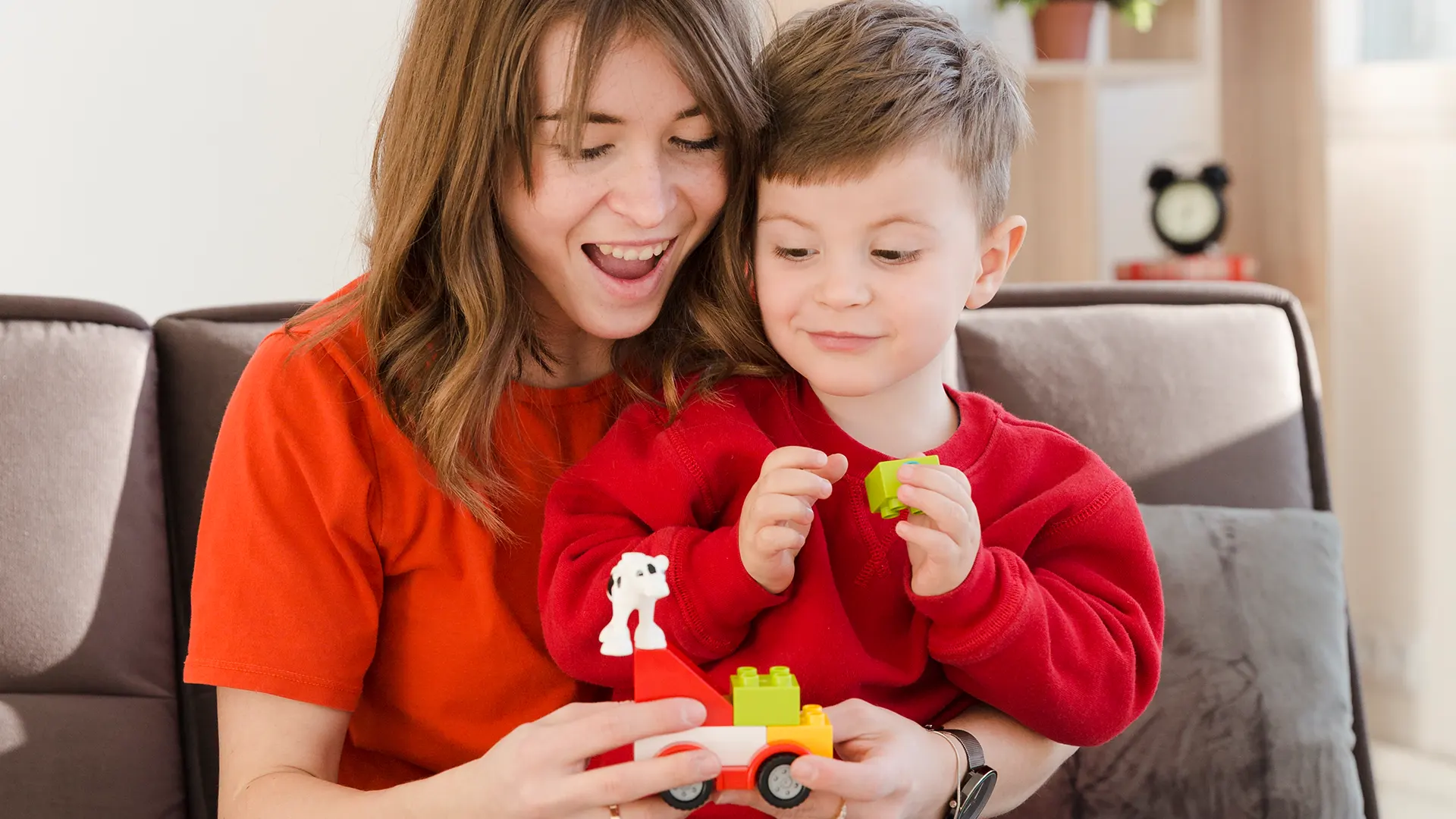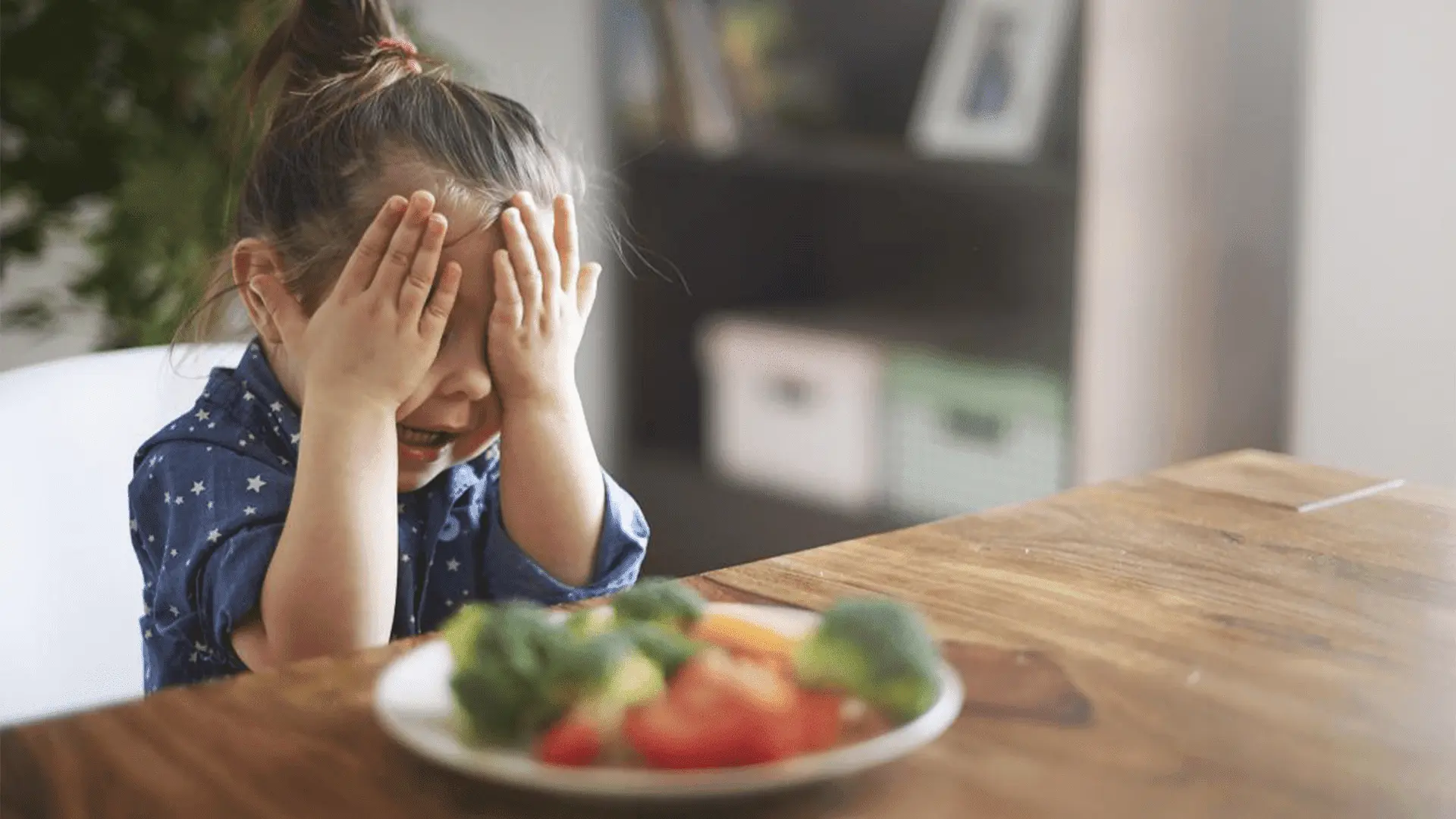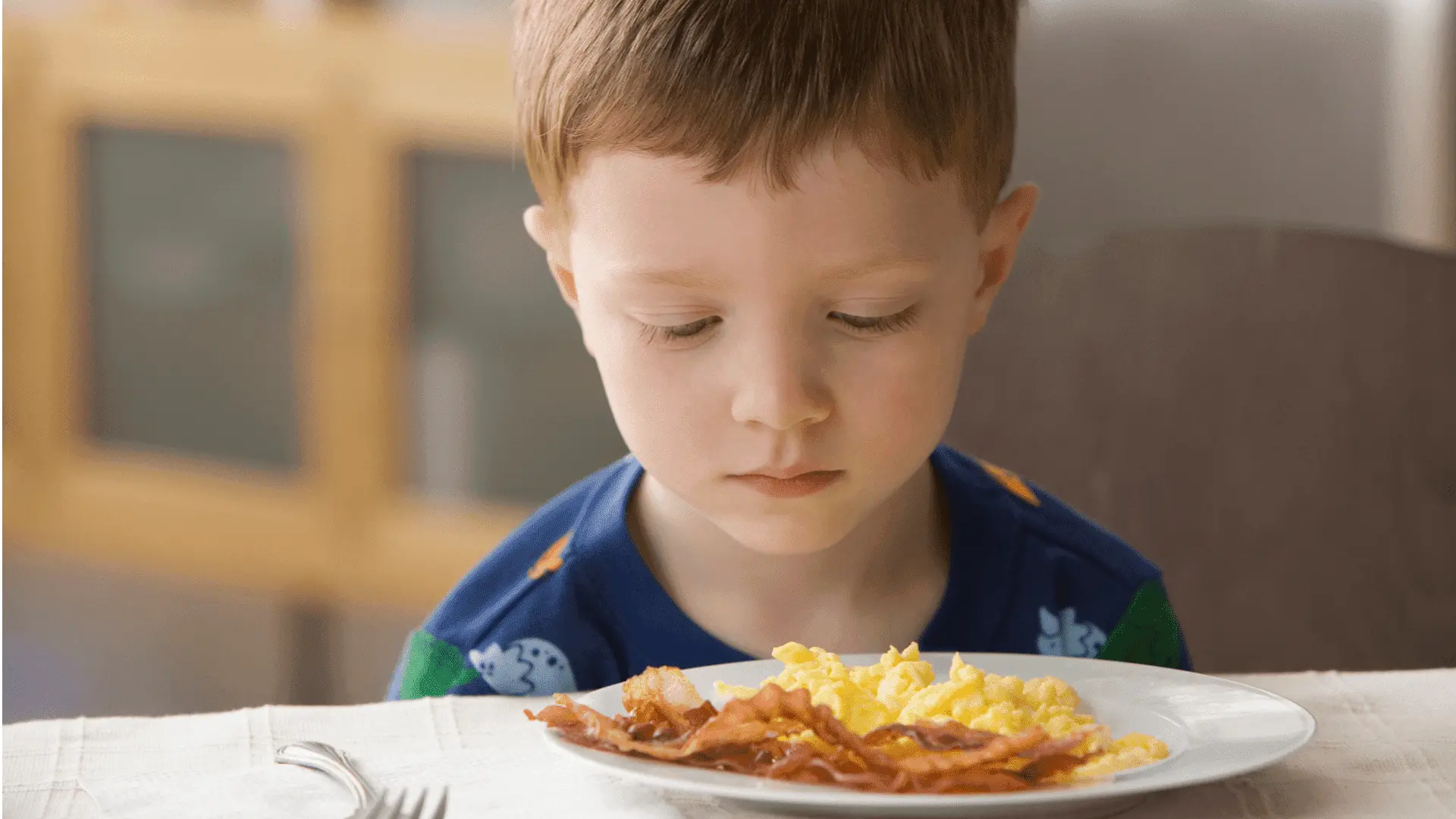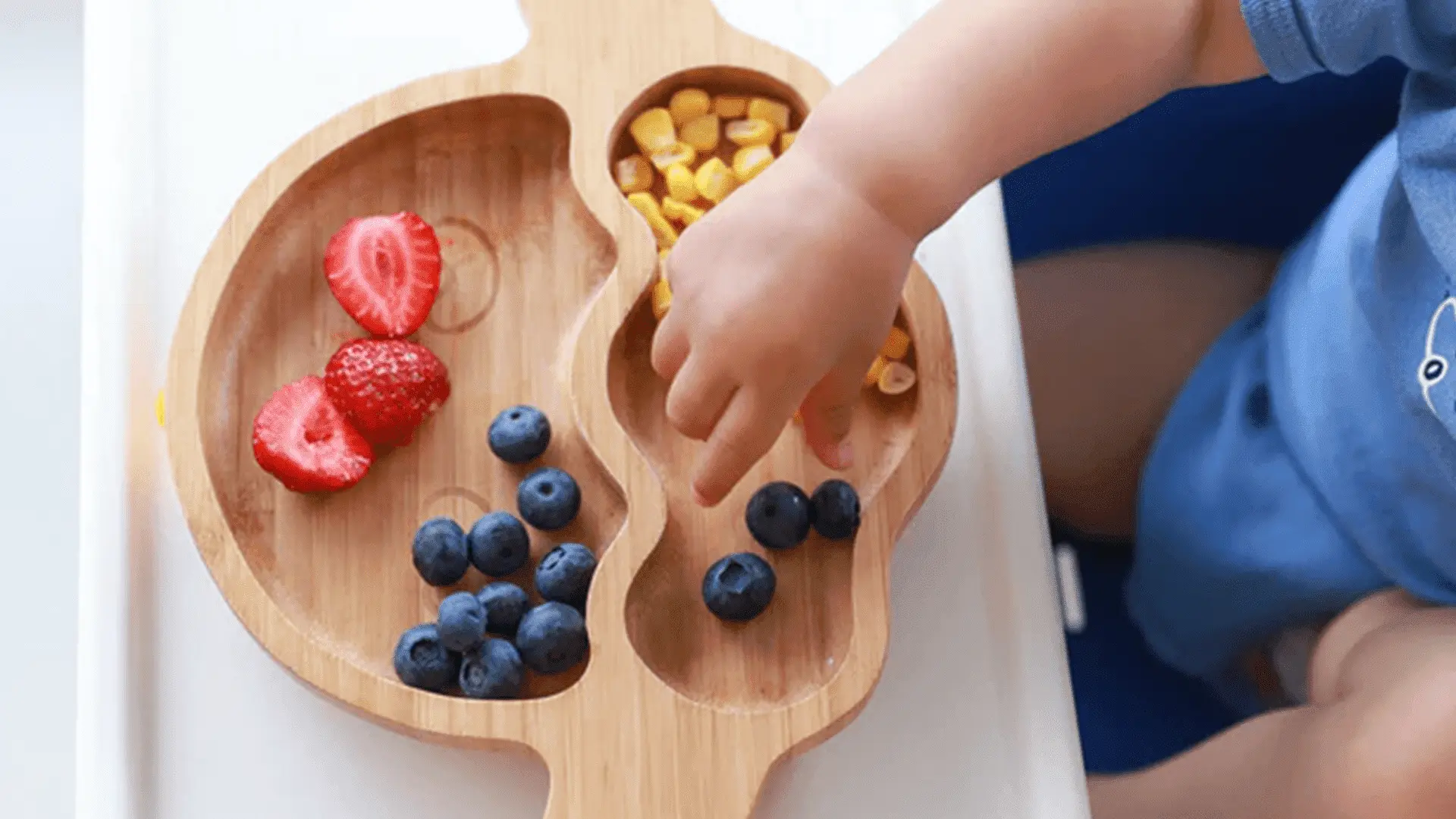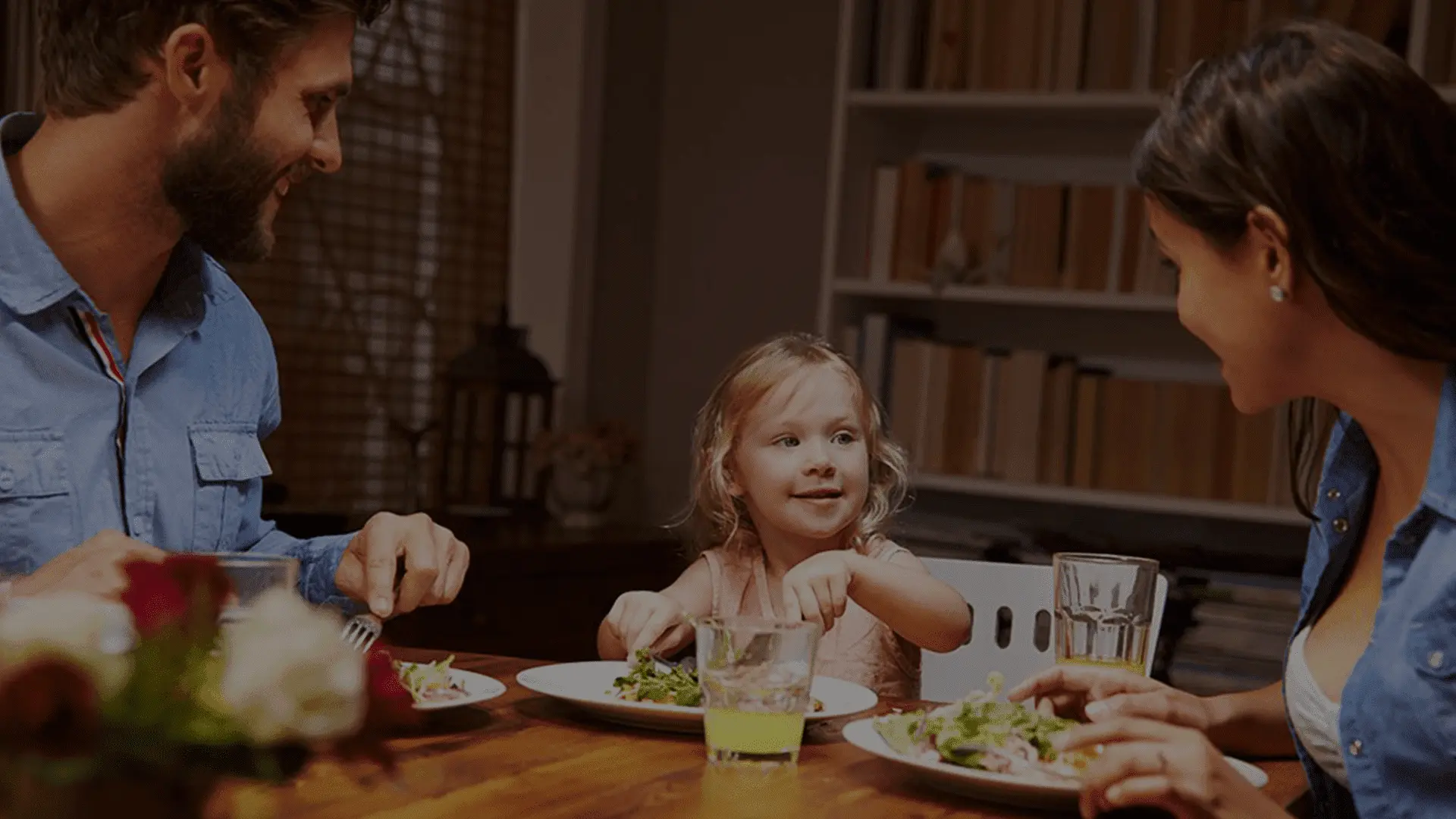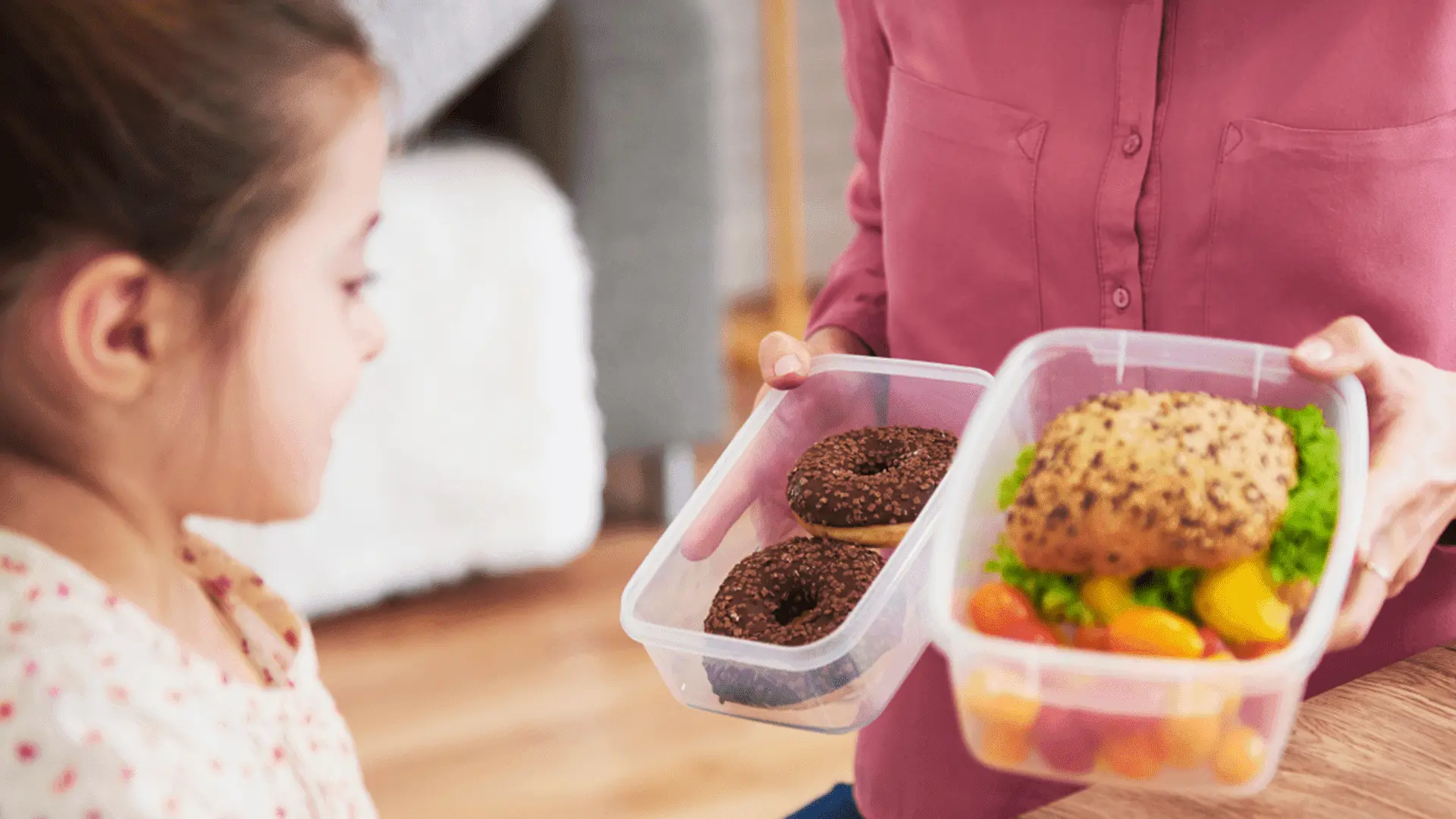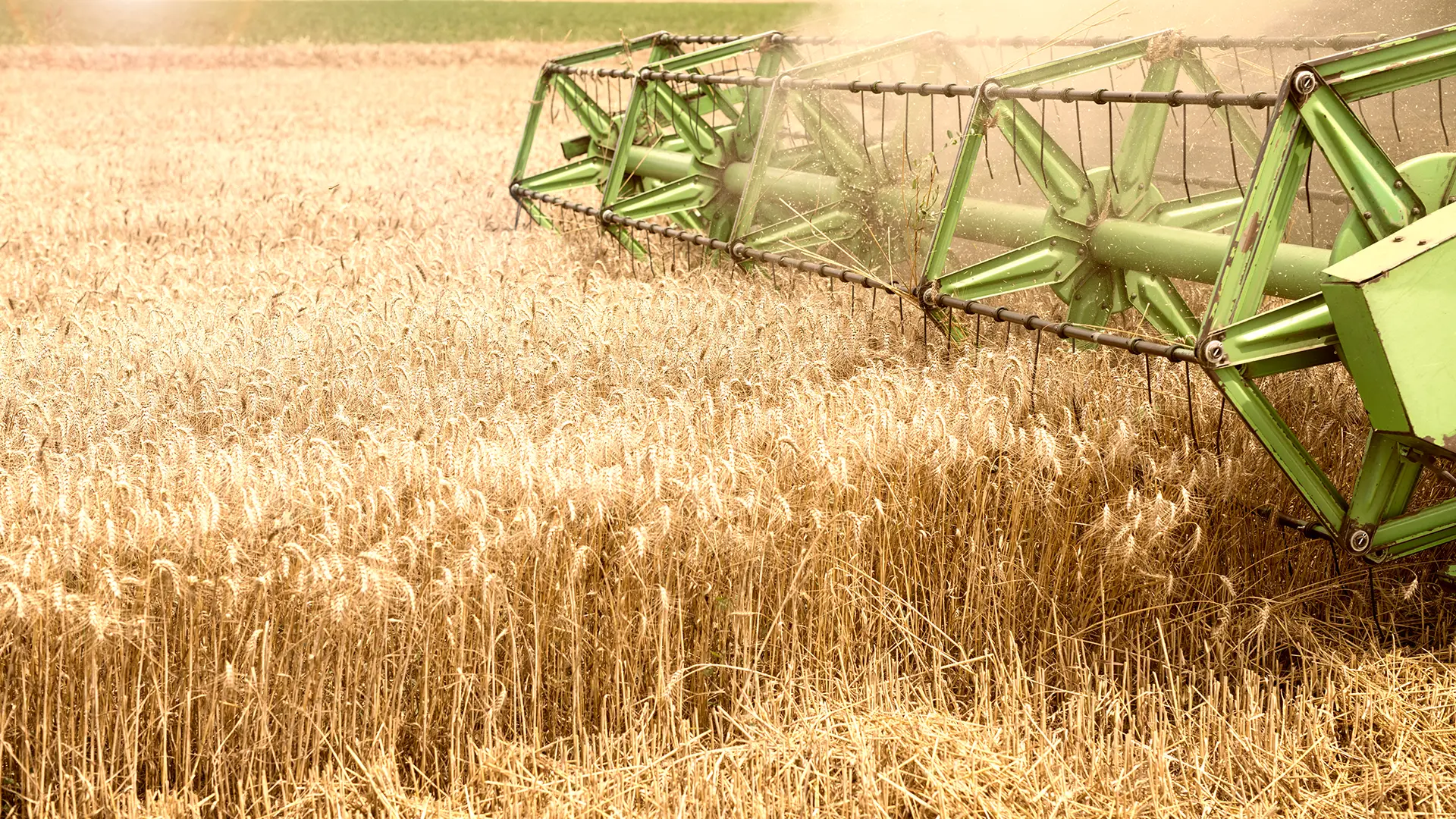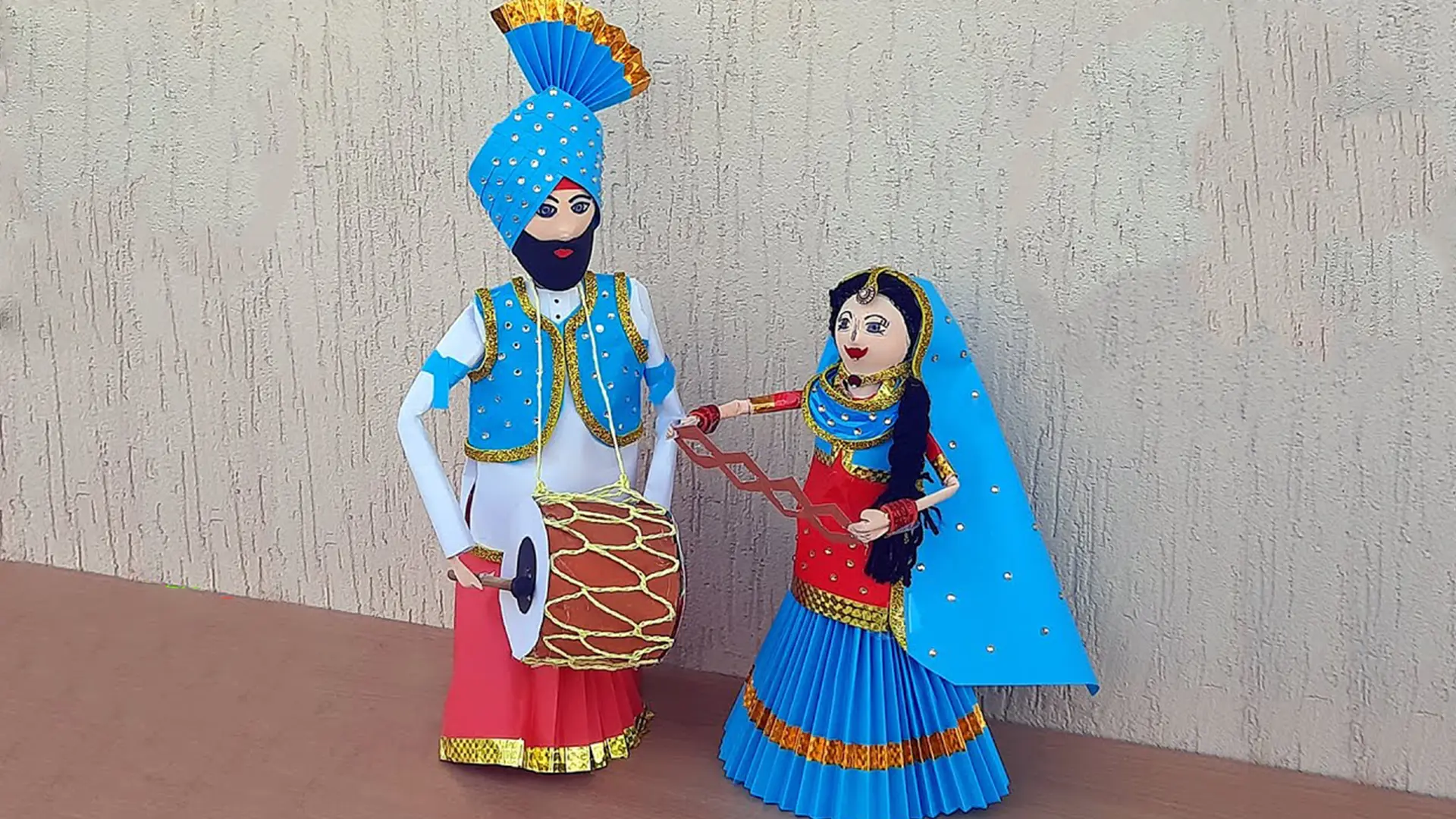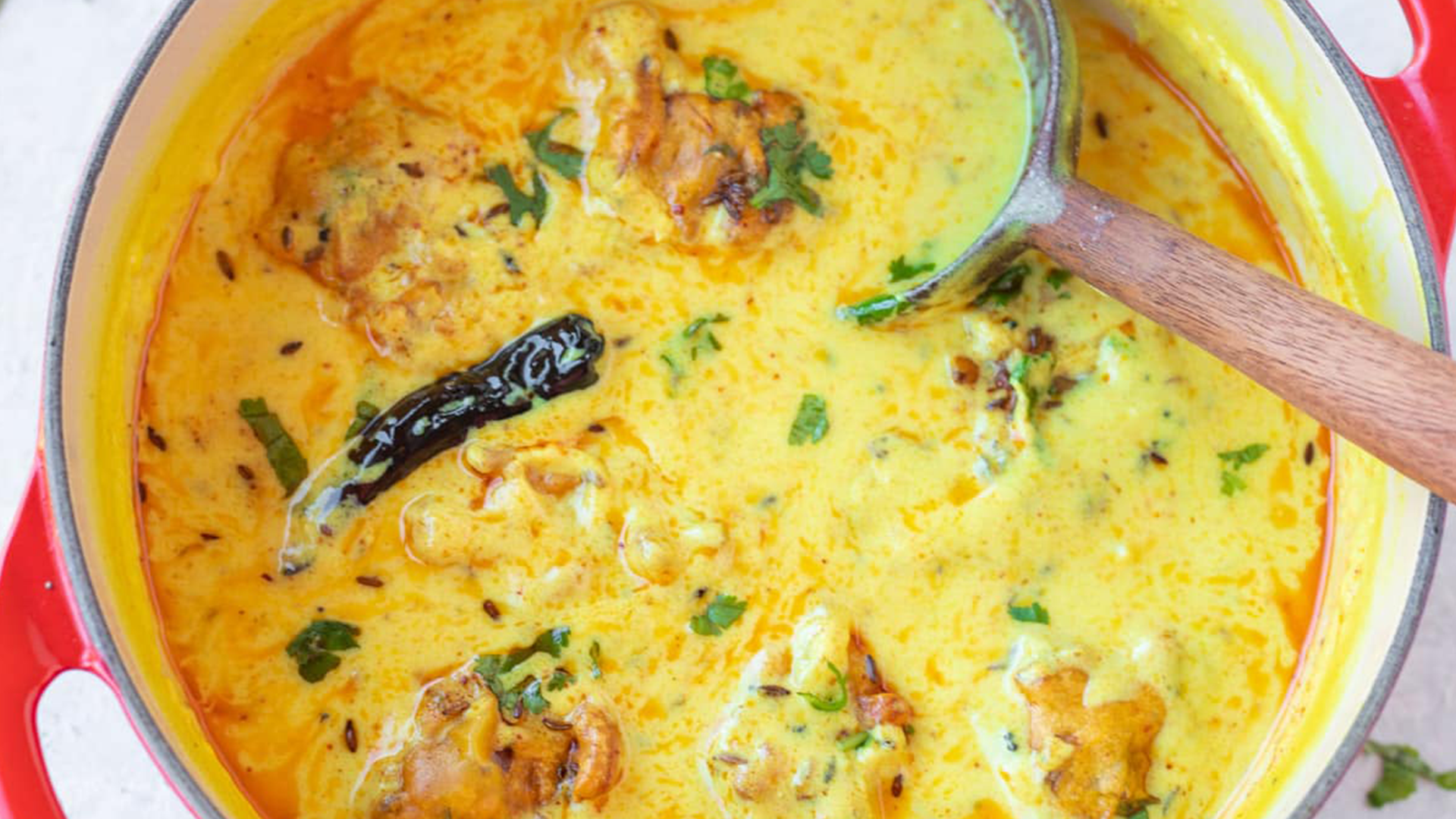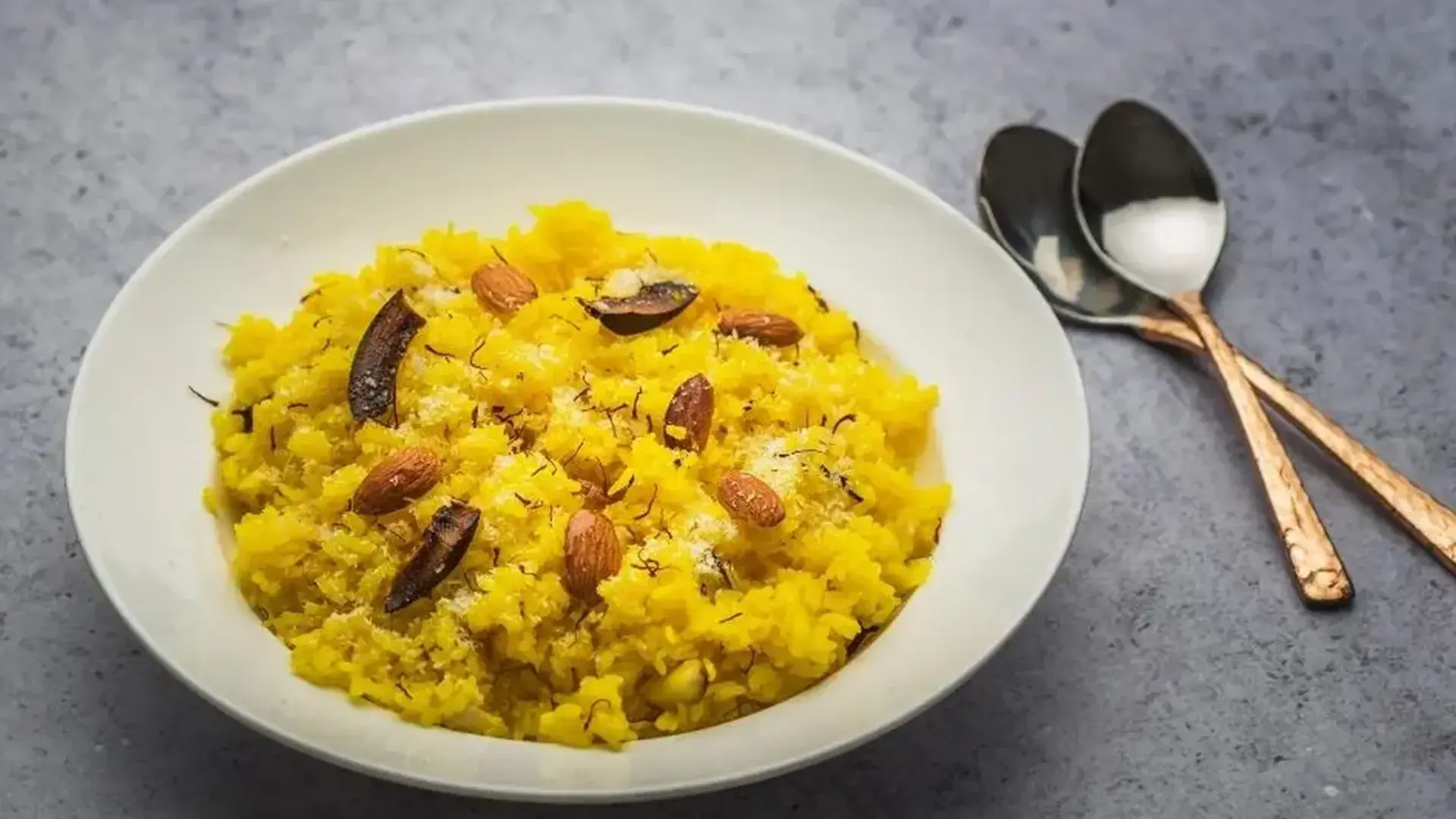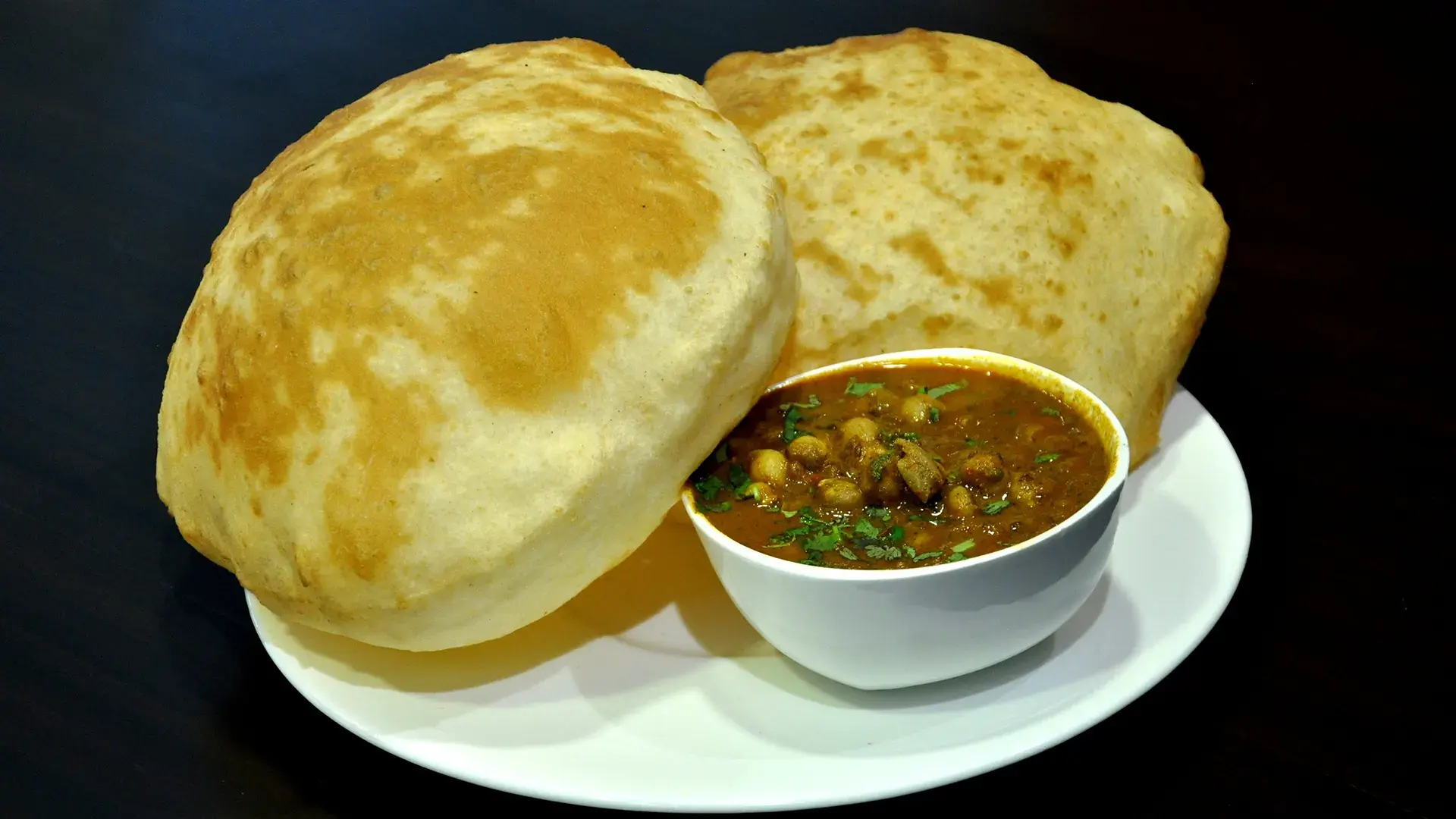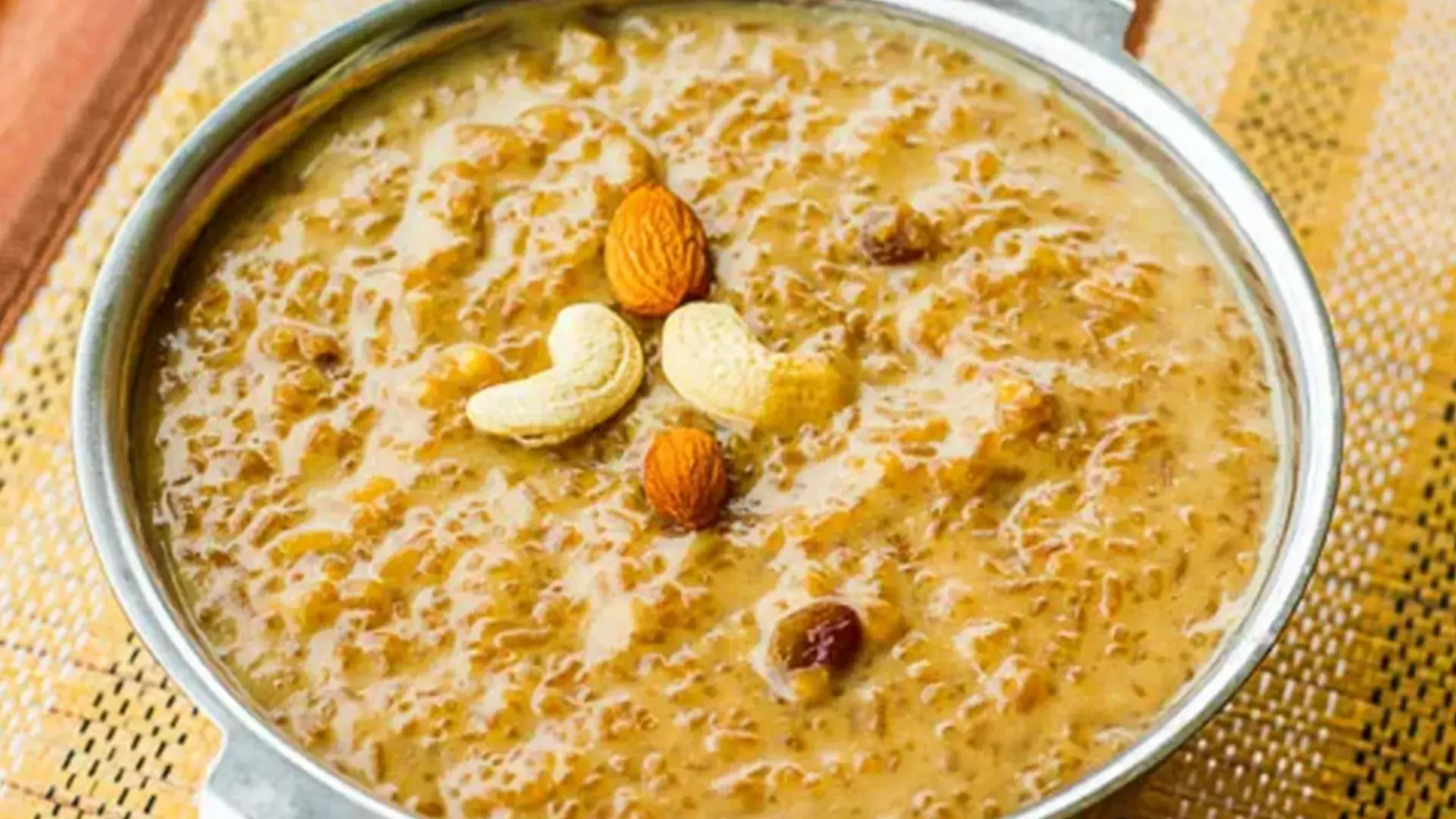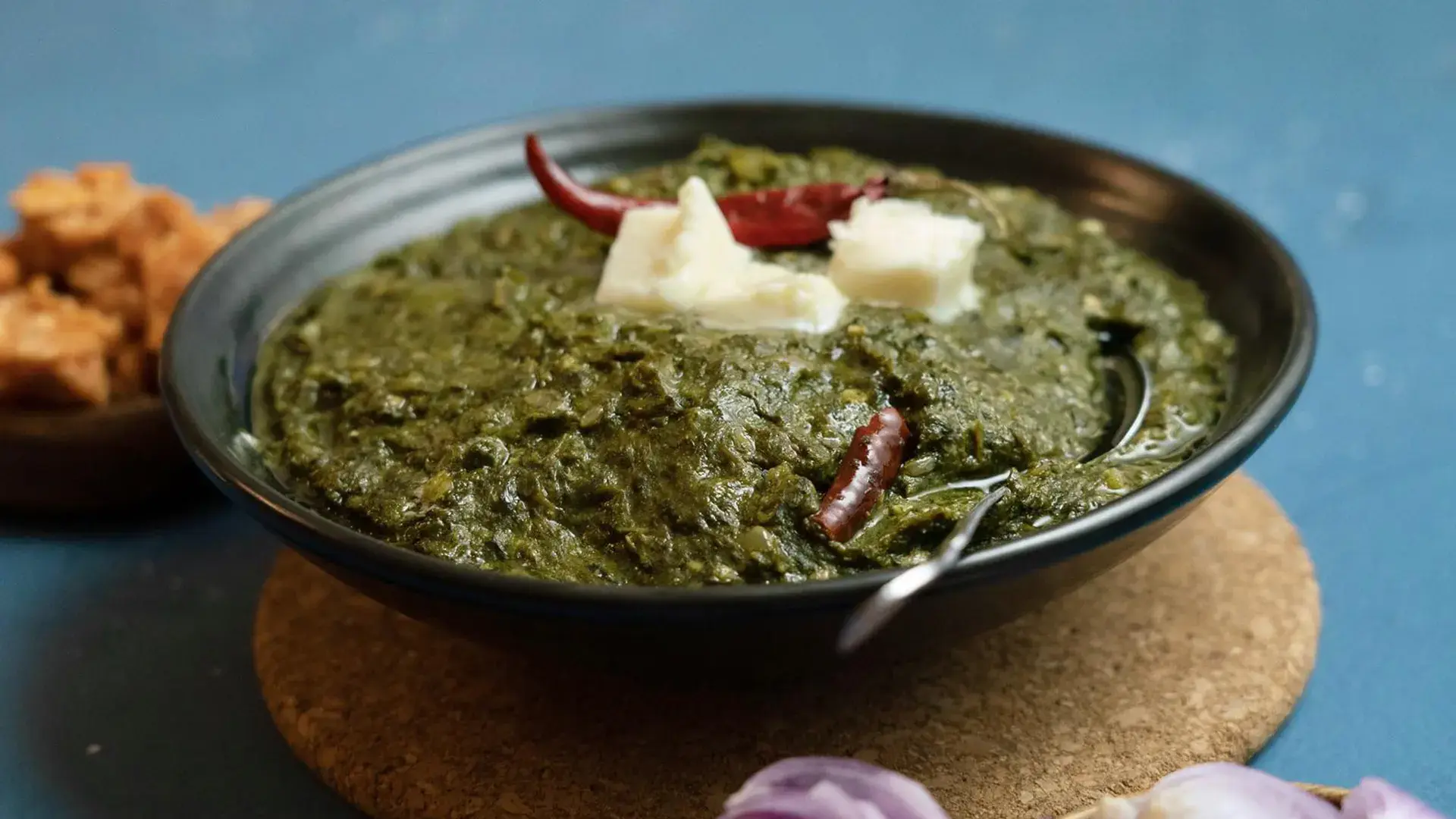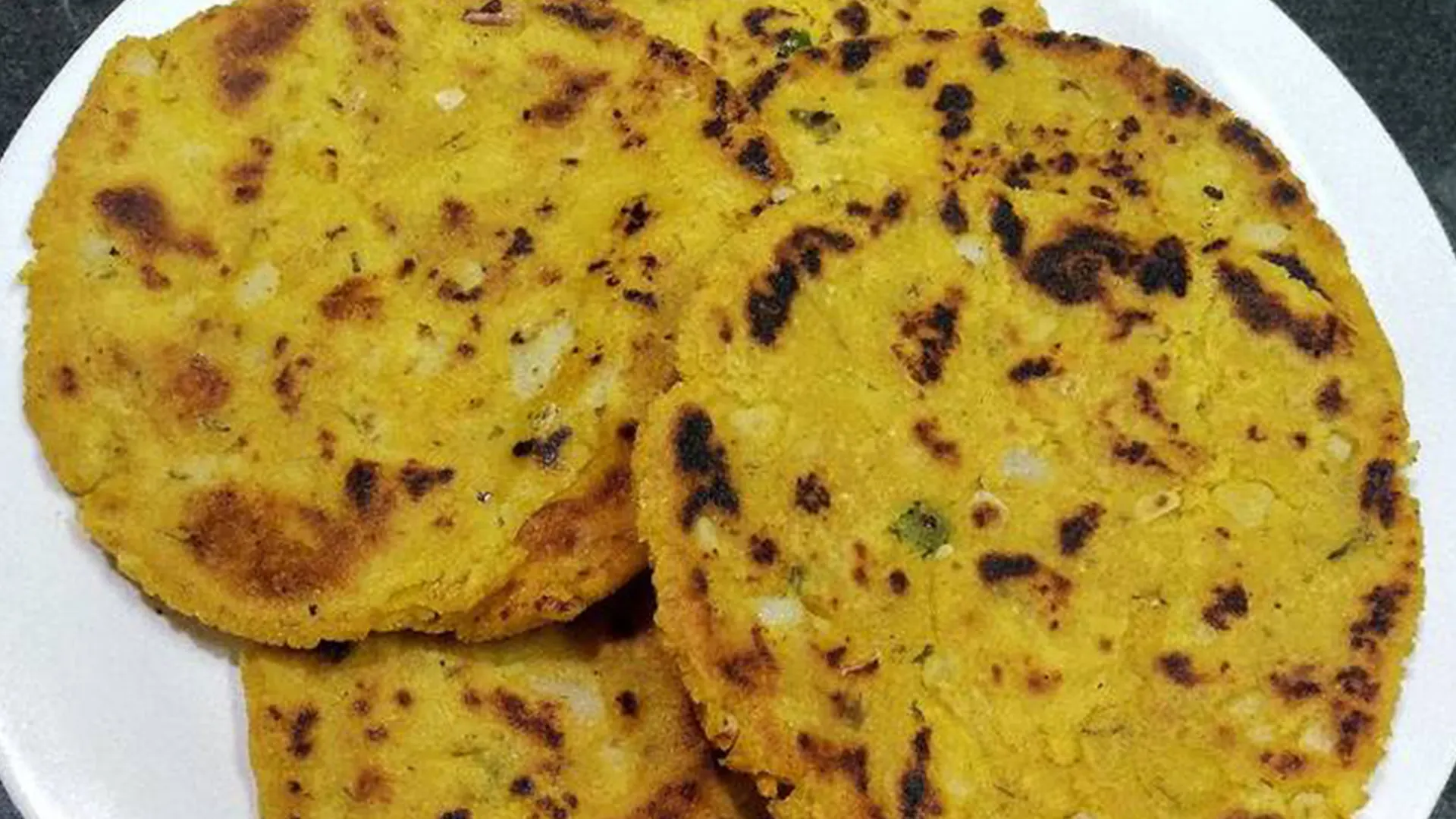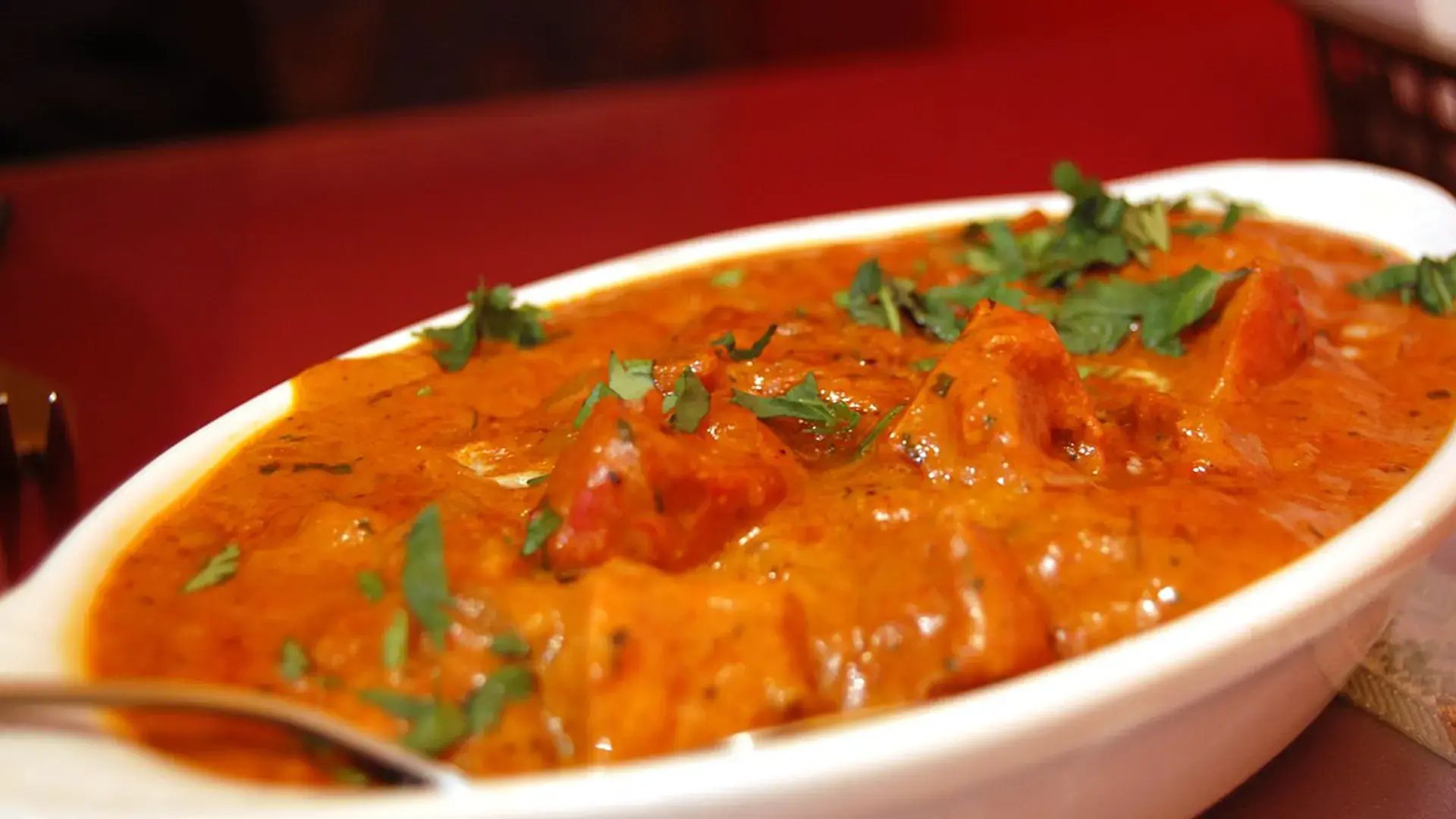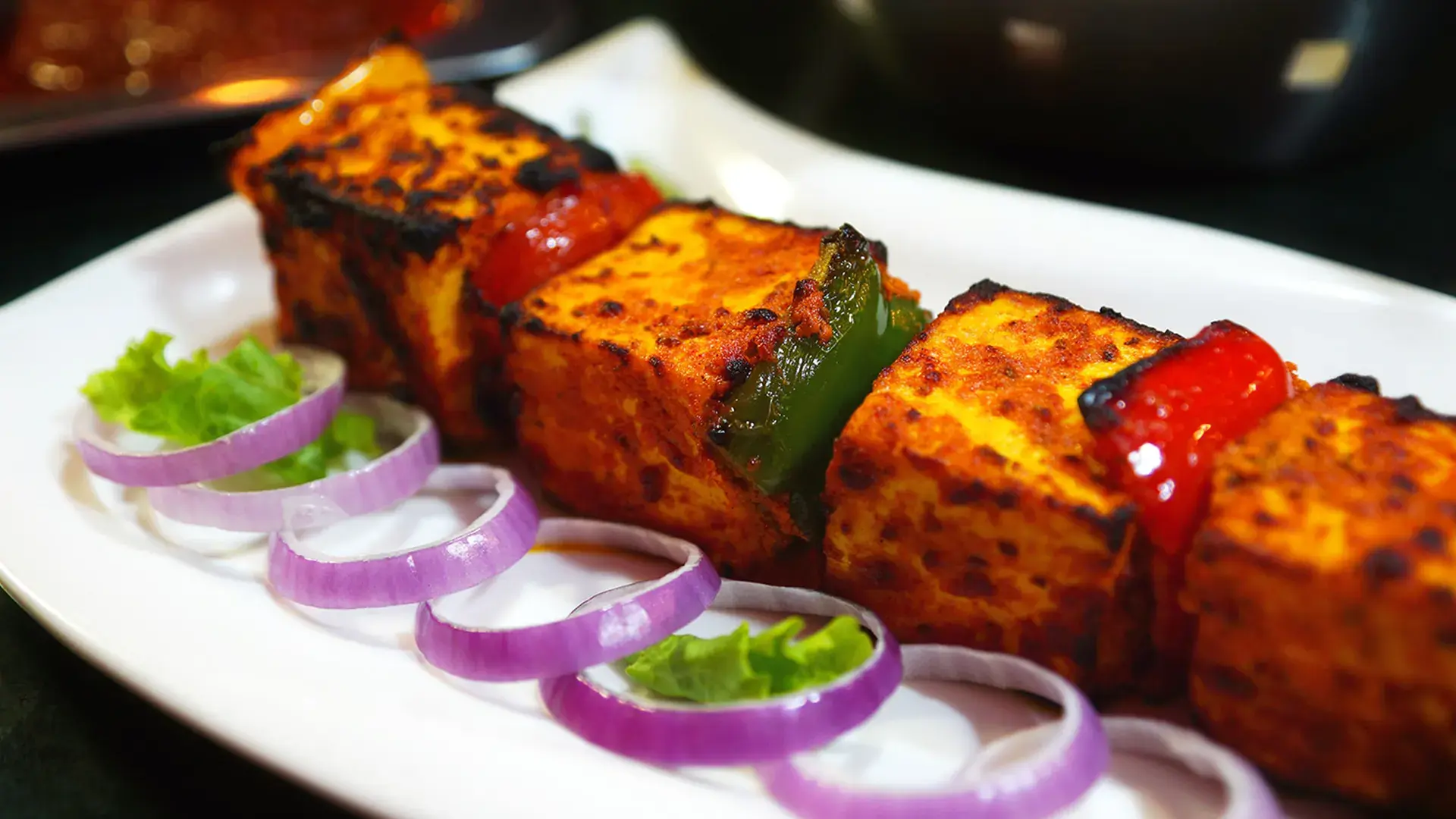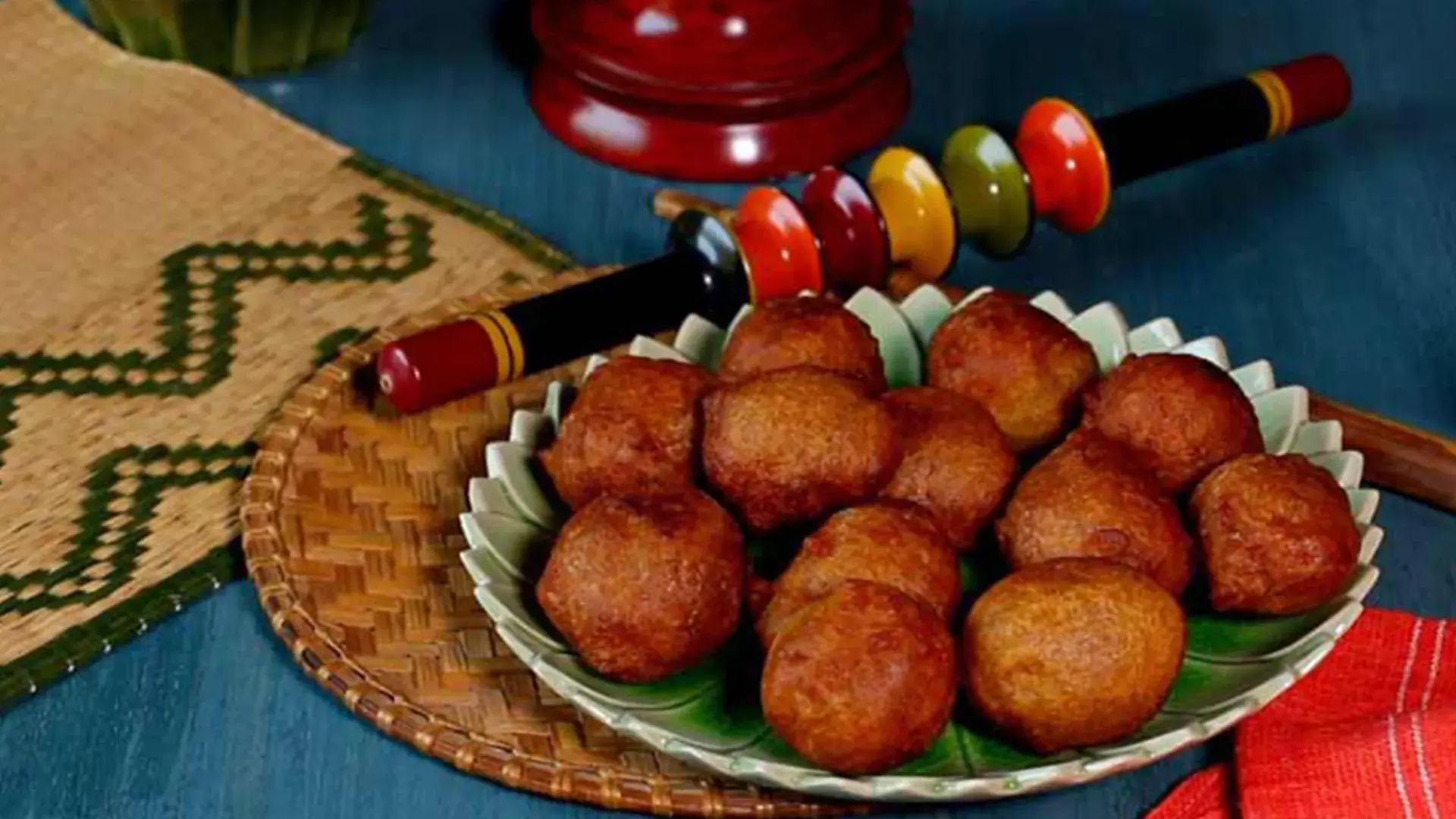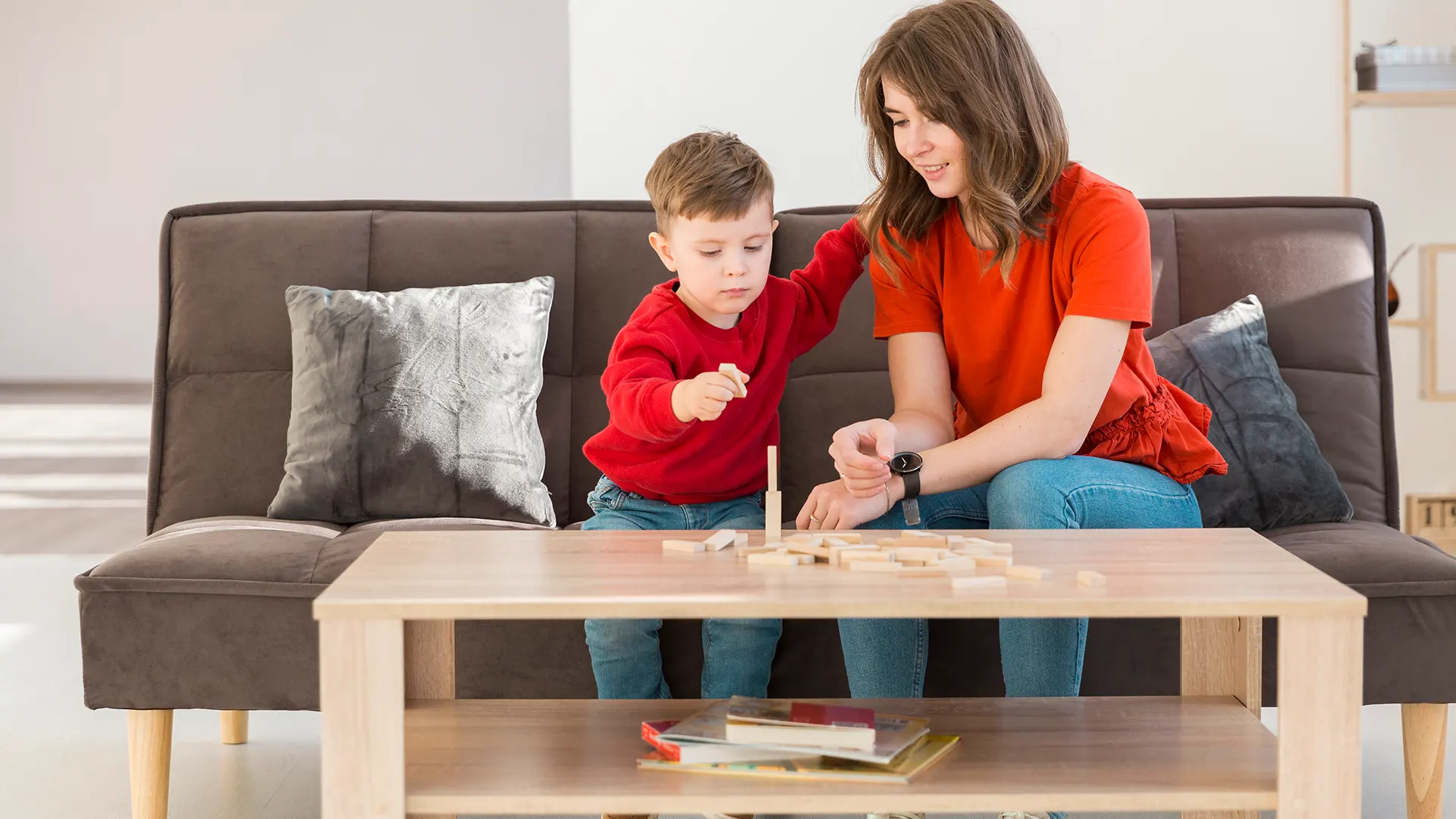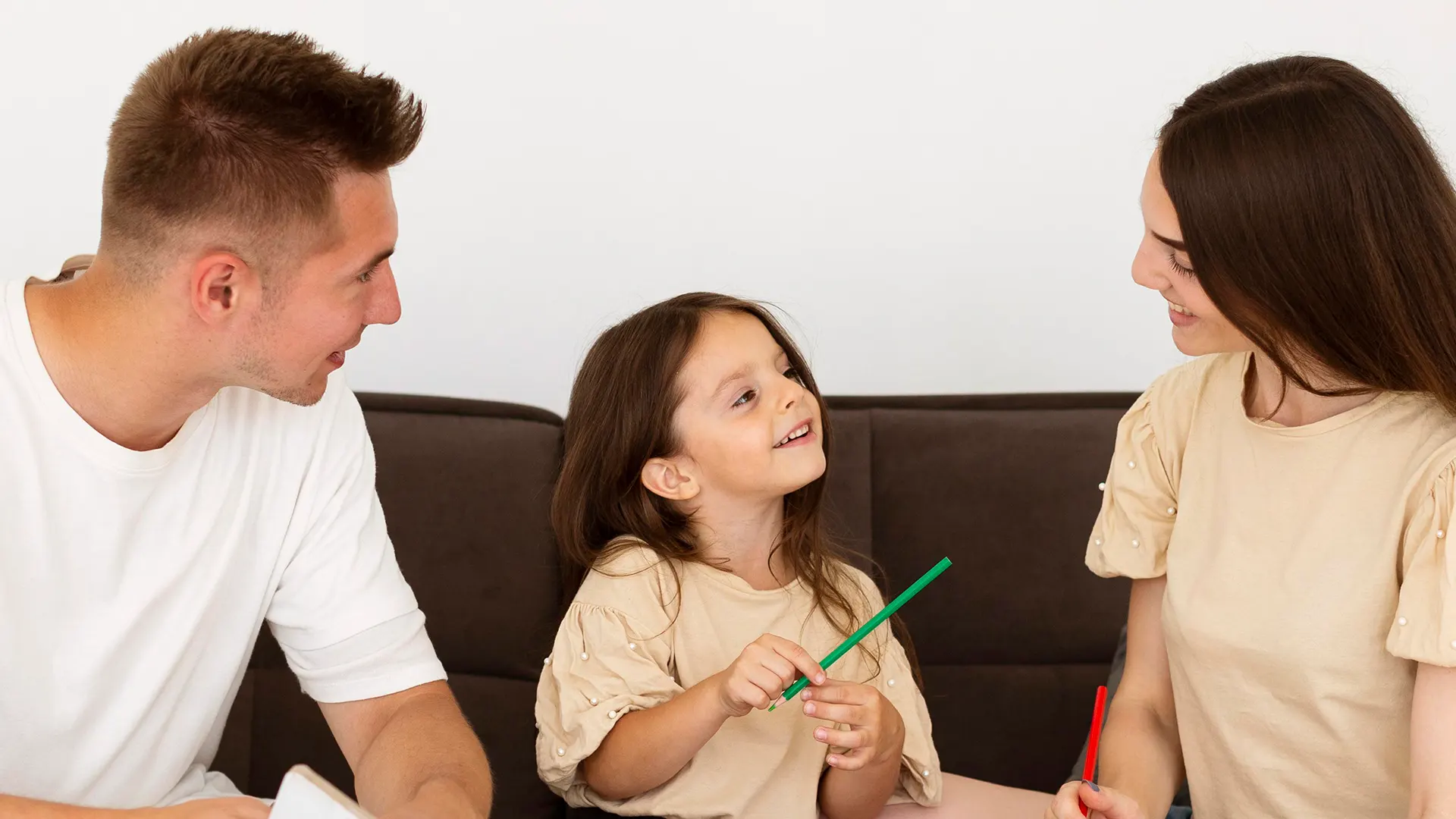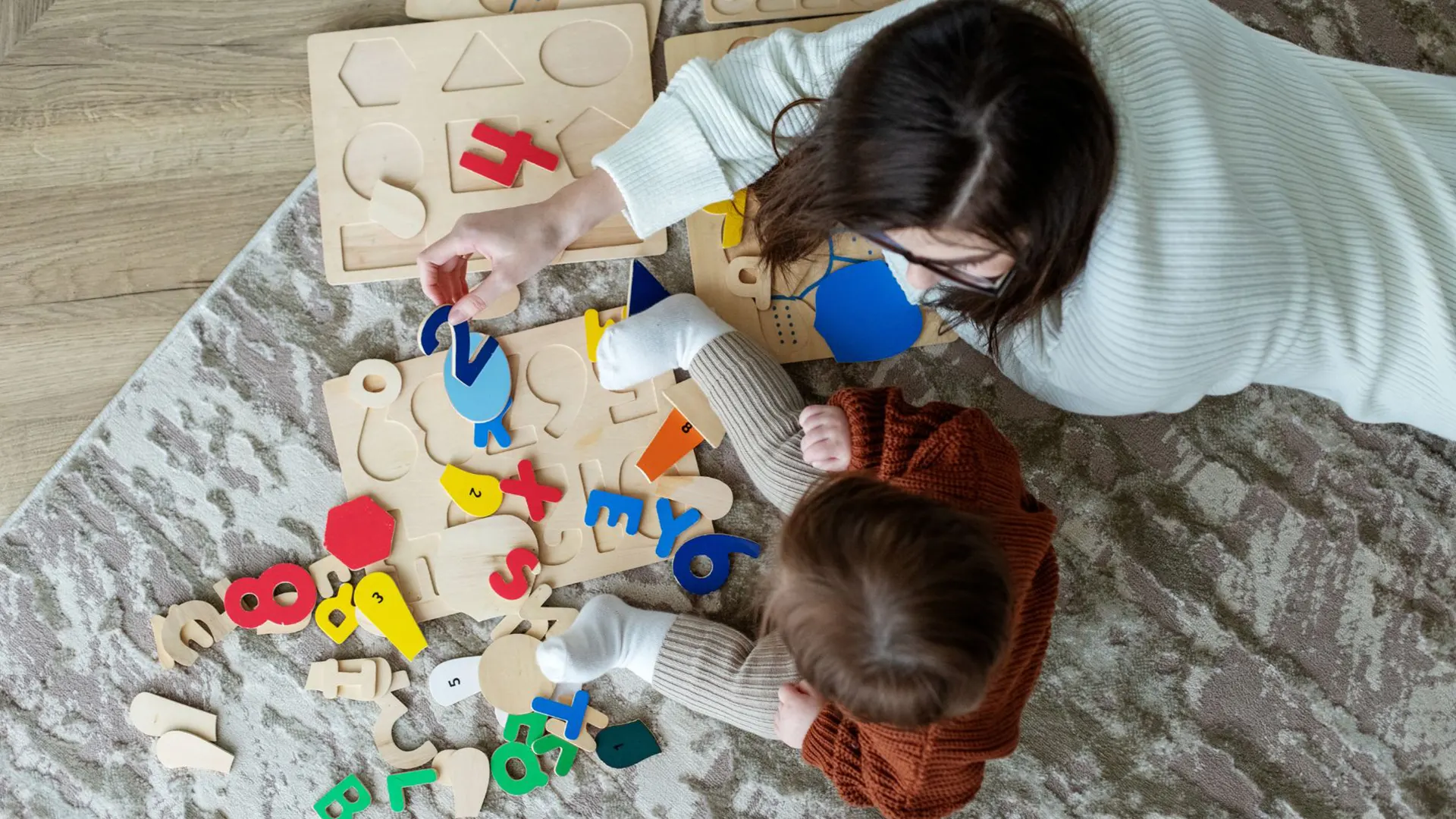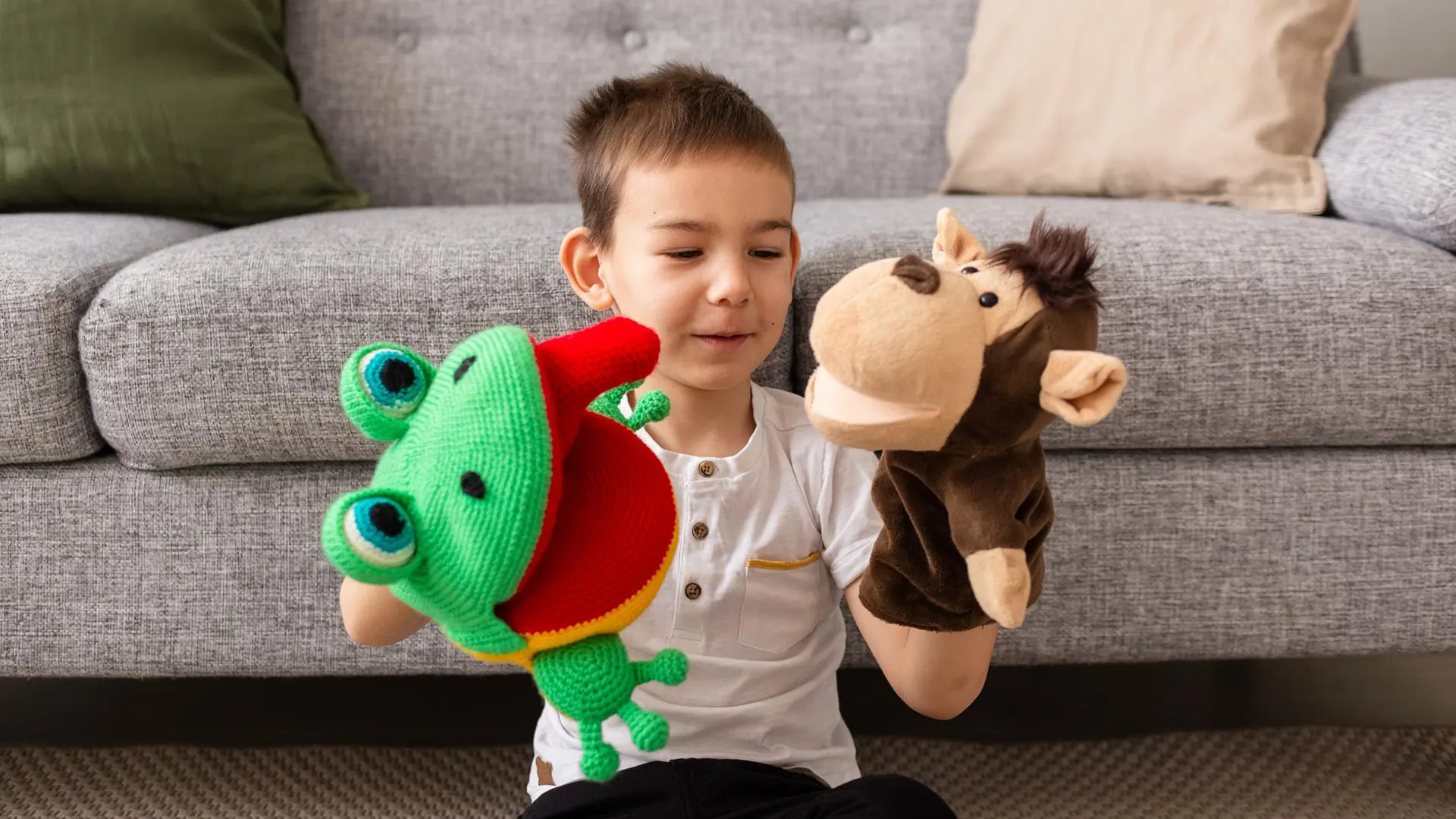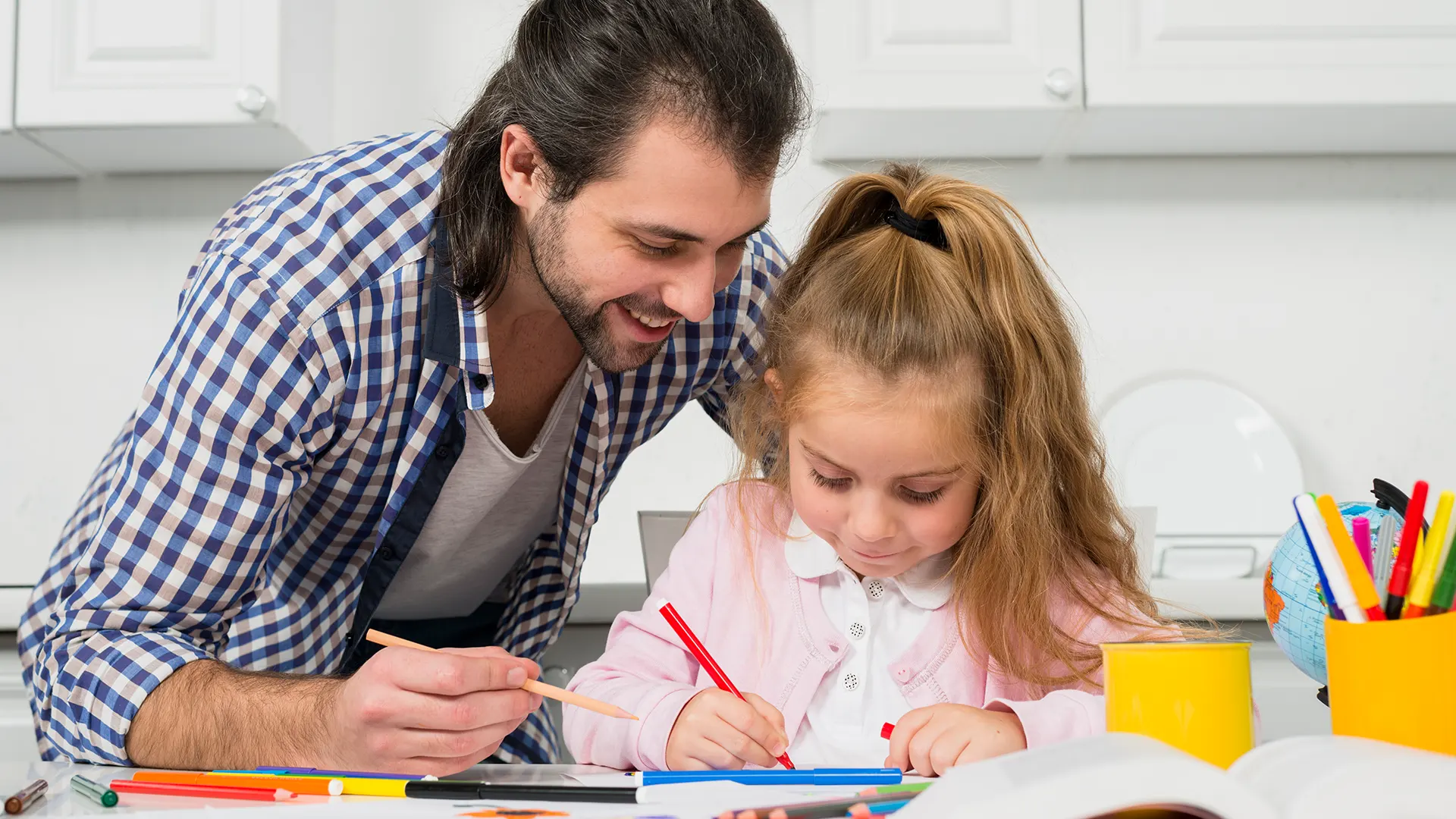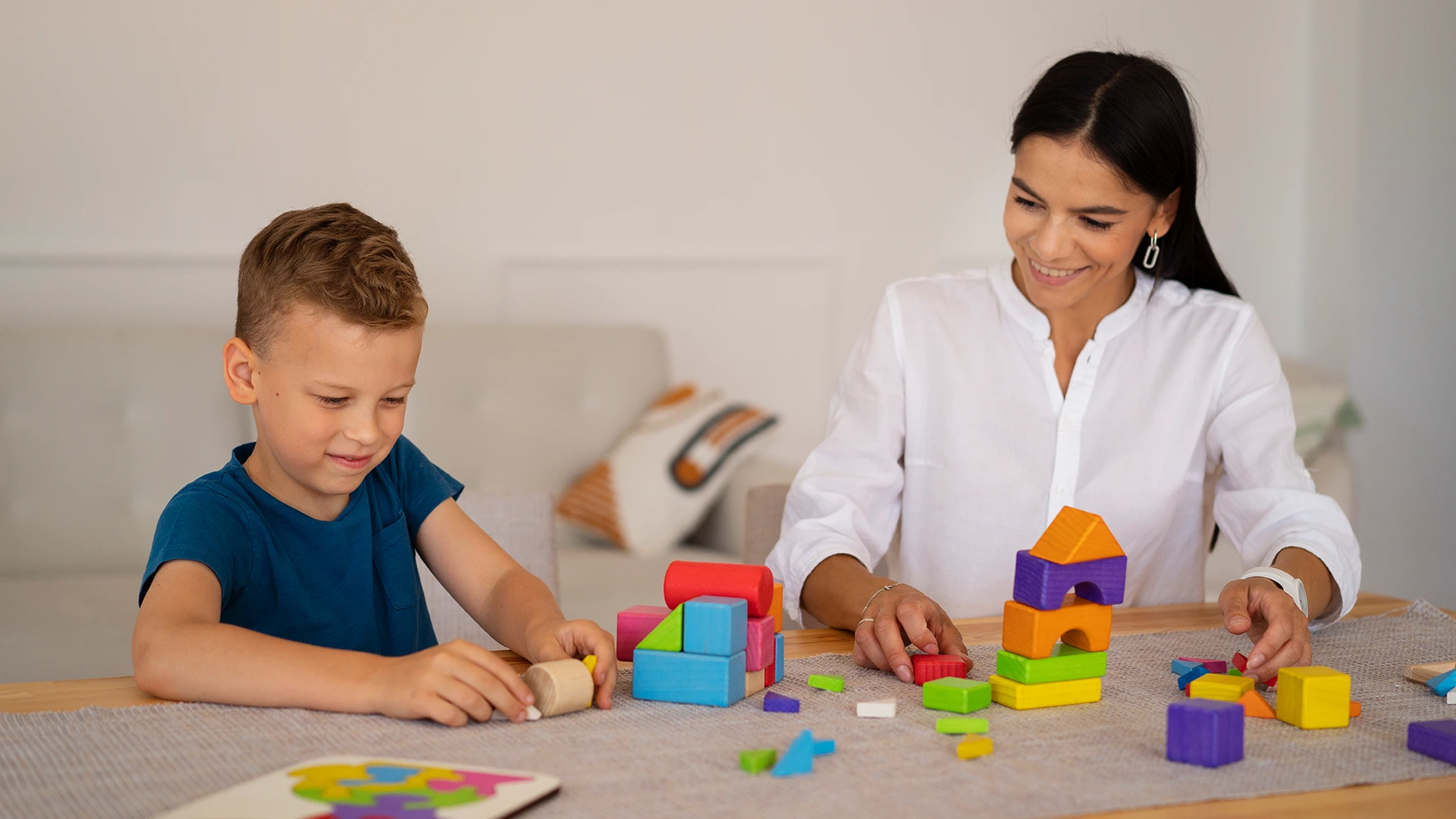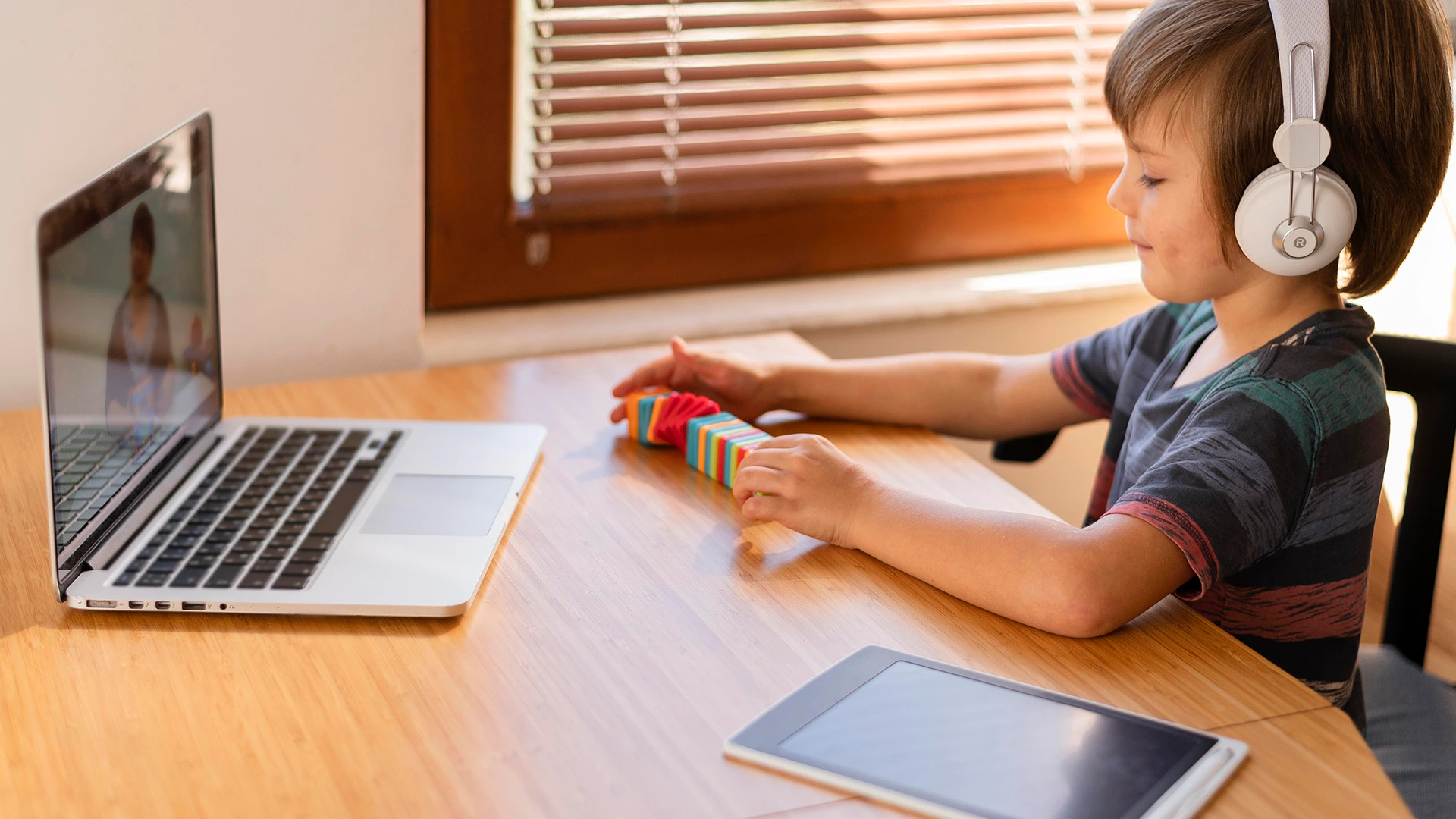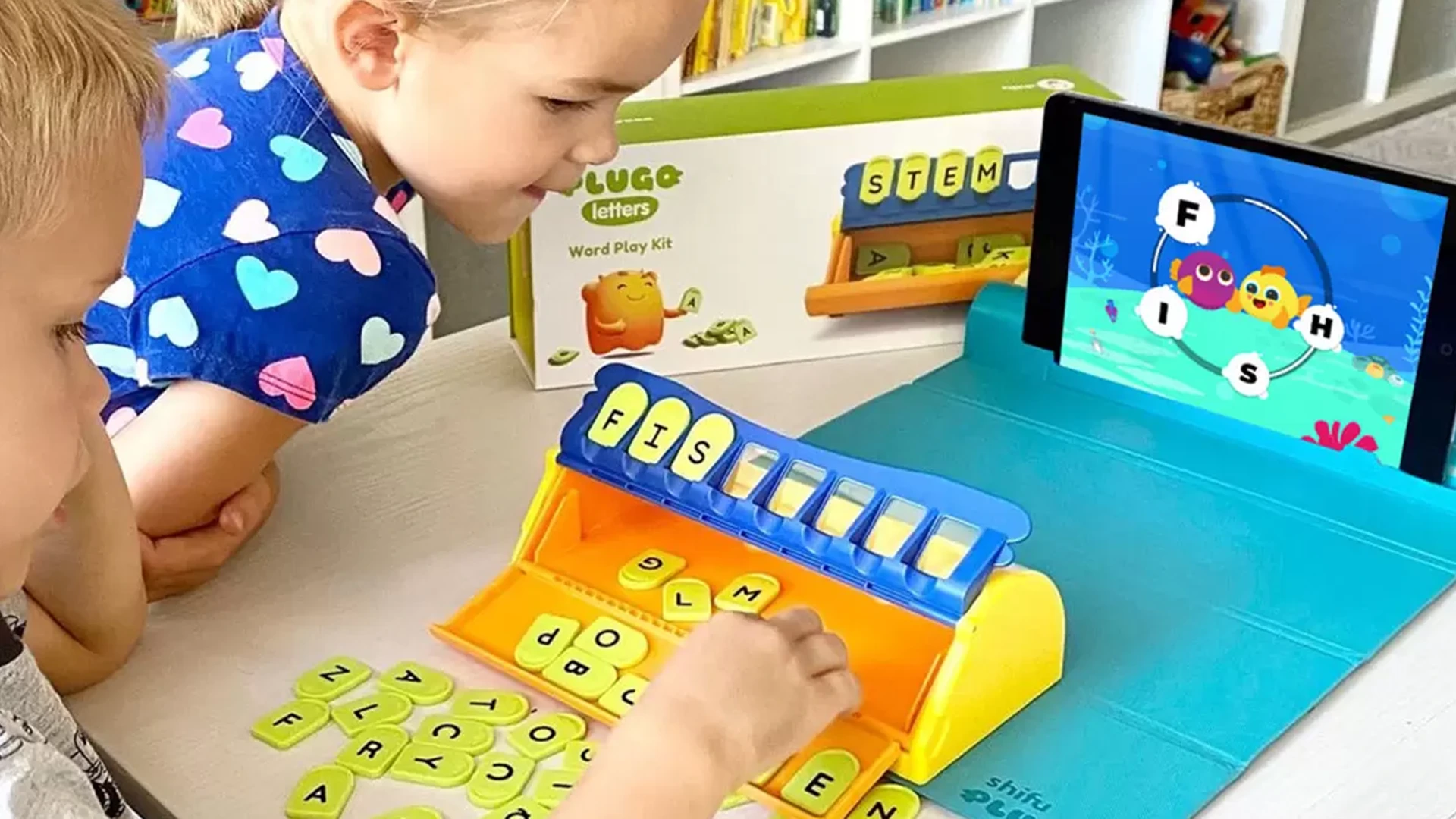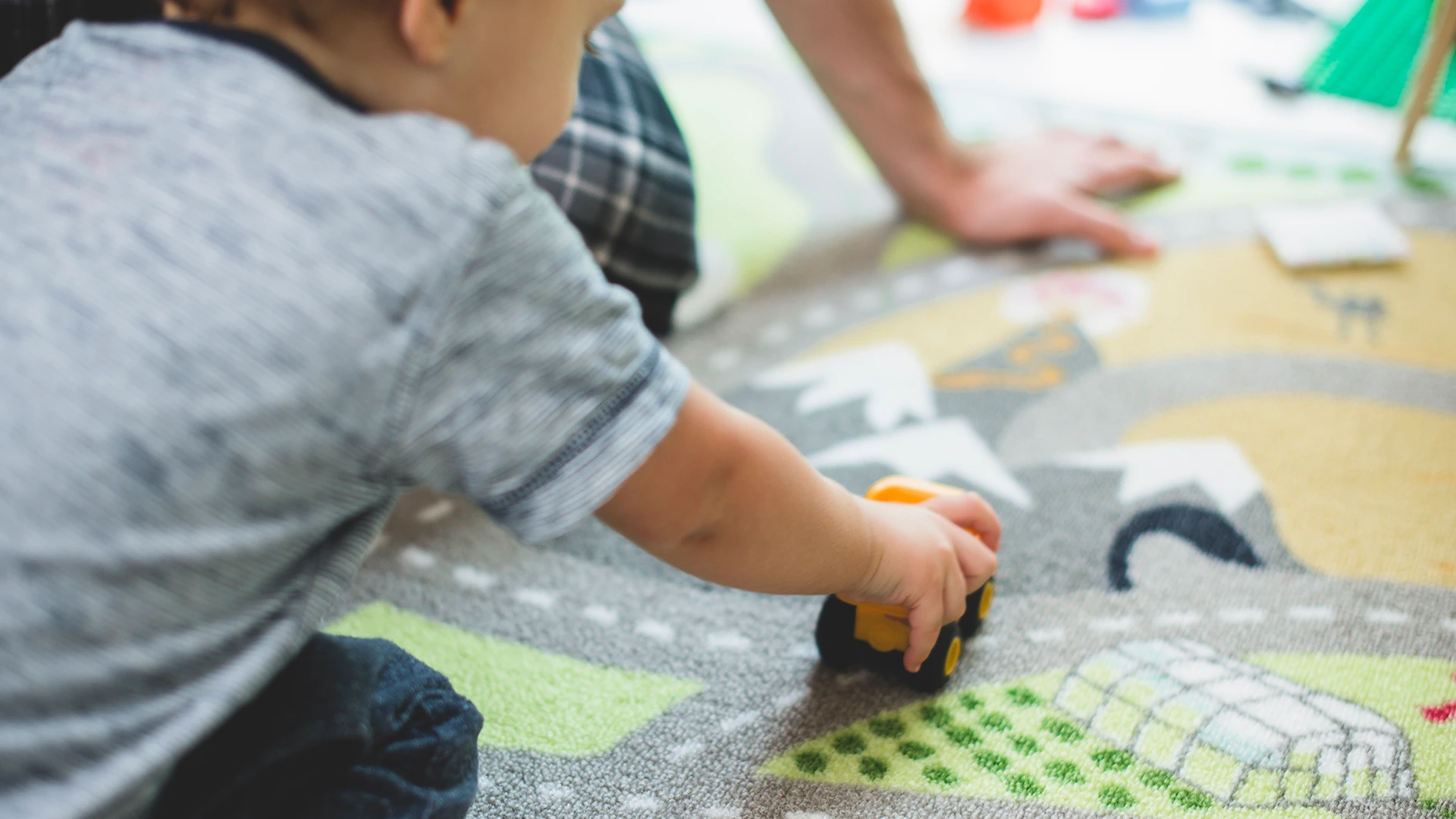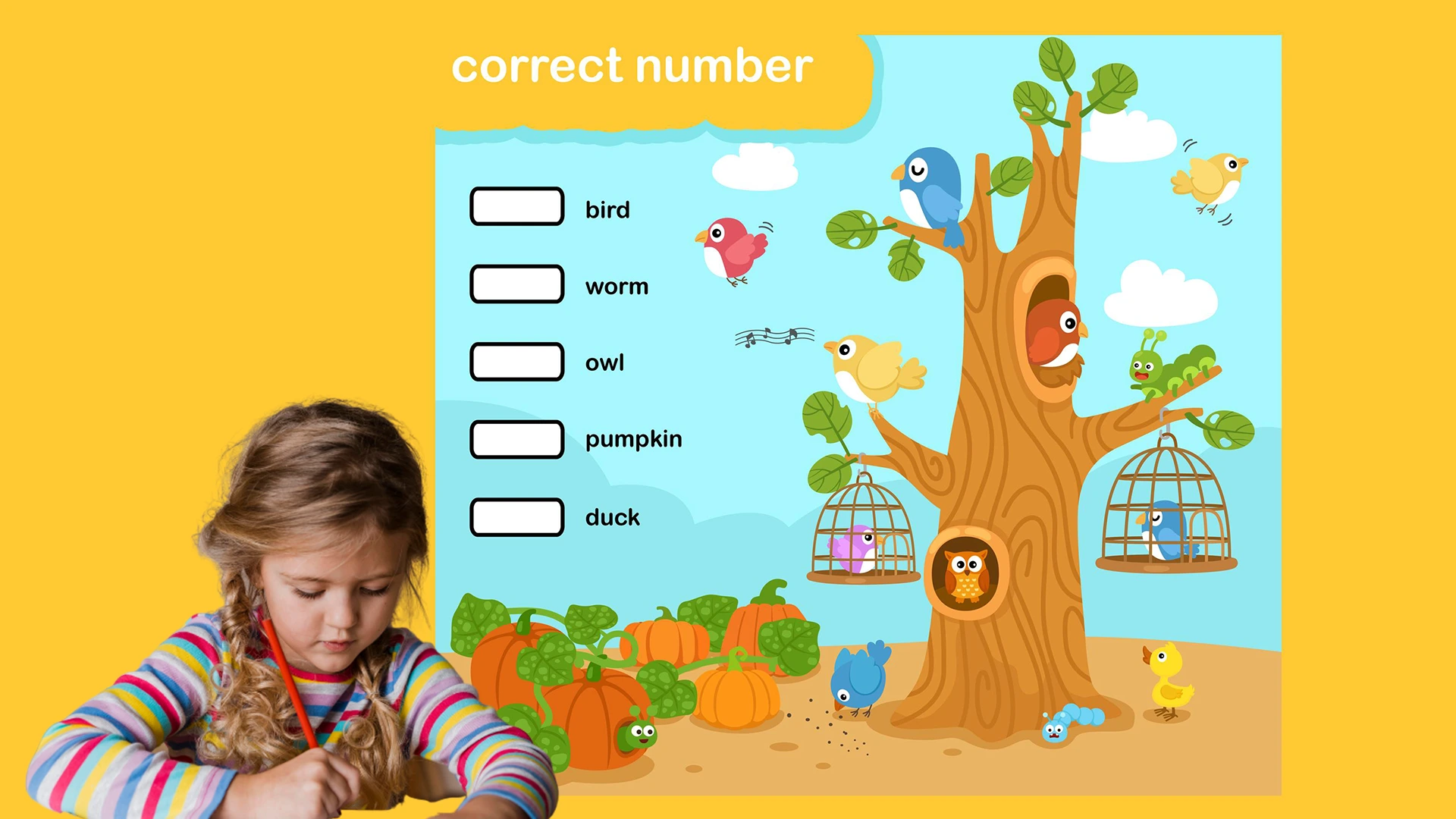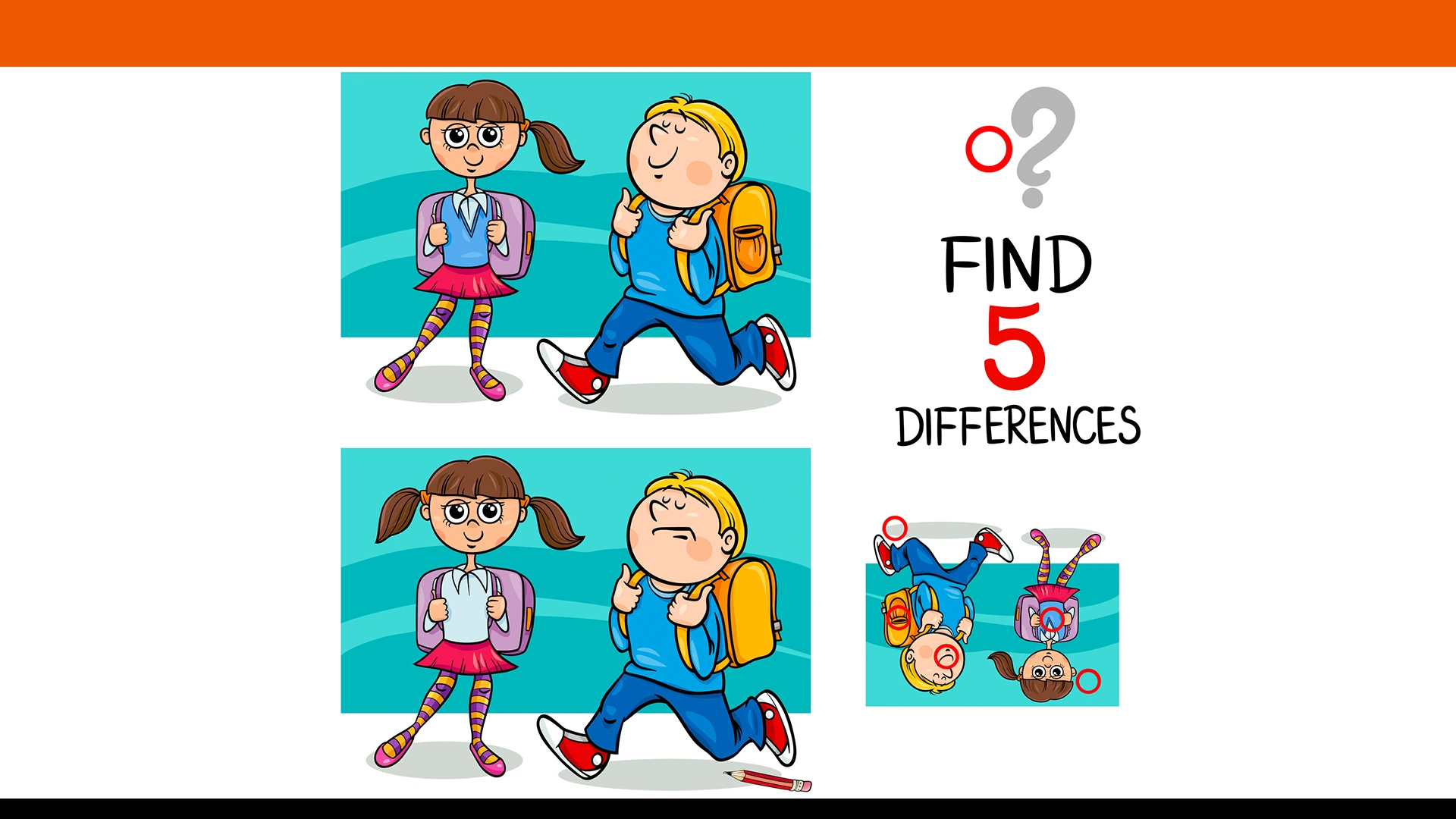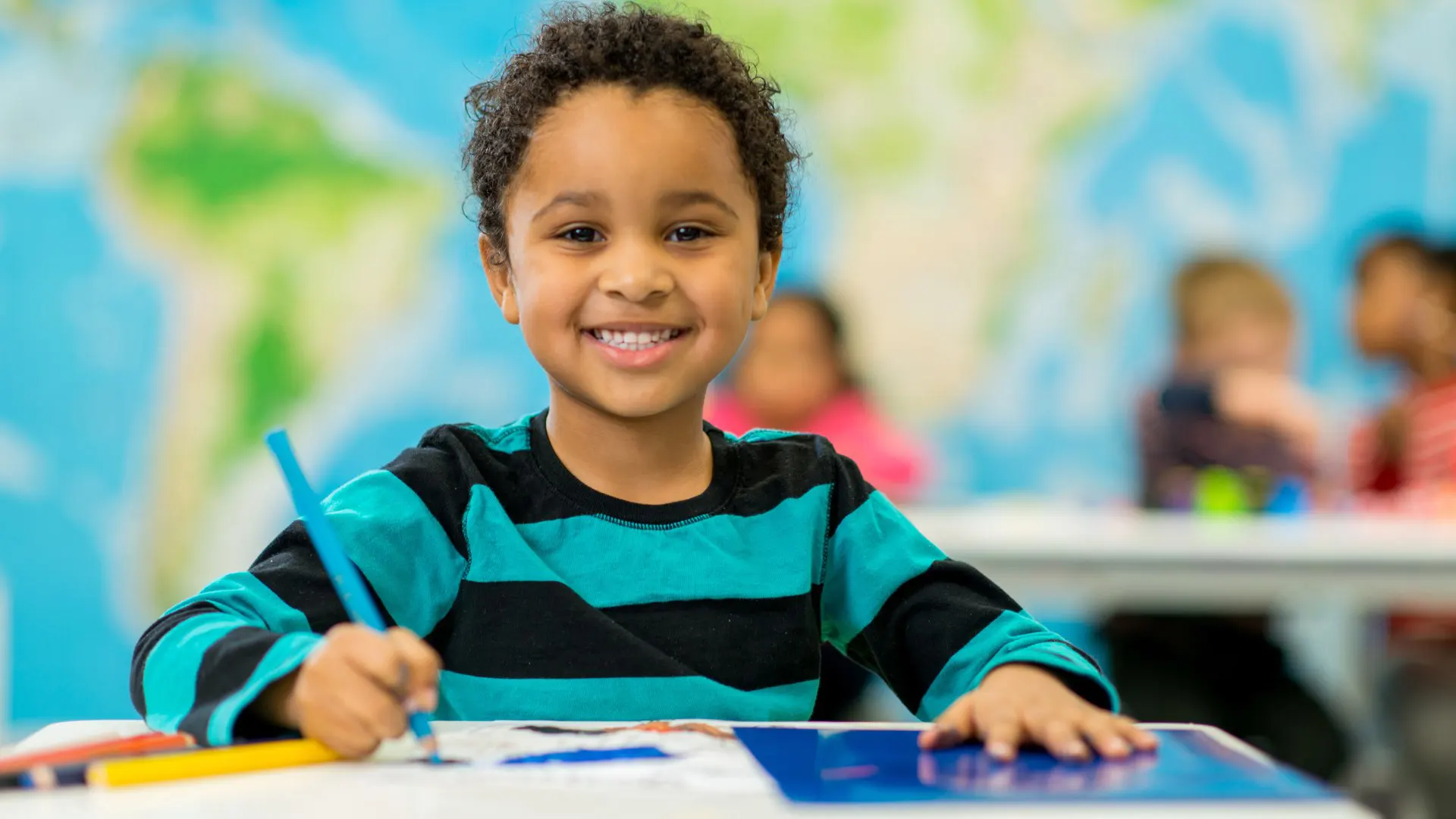Don’t you think dressing your own child is exciting but a thoughtful task at the same time? After becoming a mother I literally enjoy a lot of new things like see him smiling, dressing him for different reasons and most enjoying is when I make him ready for a wedding, a theme event, or more.
Like me, every mother out there has the same feeling and make sure that she only chooses the nicest kids’ wedding dresses, ones that would make her little munchkin appear the best.
With my experience here are some tips for selecting the perfect kid’s wedding outfit for your child. If you want to finish up with the most stunning special occasion outfit for your child.
Try These 👇
1. Consider The Wedding Theme and Venue

While twinning with your kid has a kind of trend you can follow and be popular among mates, making your kid look unique and comfy at the same time is important too. Selecting a dress for your child as per the wedding theme and venue will bring the right hues and make it stand in the limelight.
For example, if the wedding is at the beach site, a light and breezy dress like for toddler boy dress clothes for weddings choose shorts with a button-up shirt and a bow whereas for your princess, you can go for a floral print ruffle dress.
Where to buy:
For Boy: Check out the collection on Myntra
For Girl: Check out the collection on Myntra
2. Prioritise the Comfort
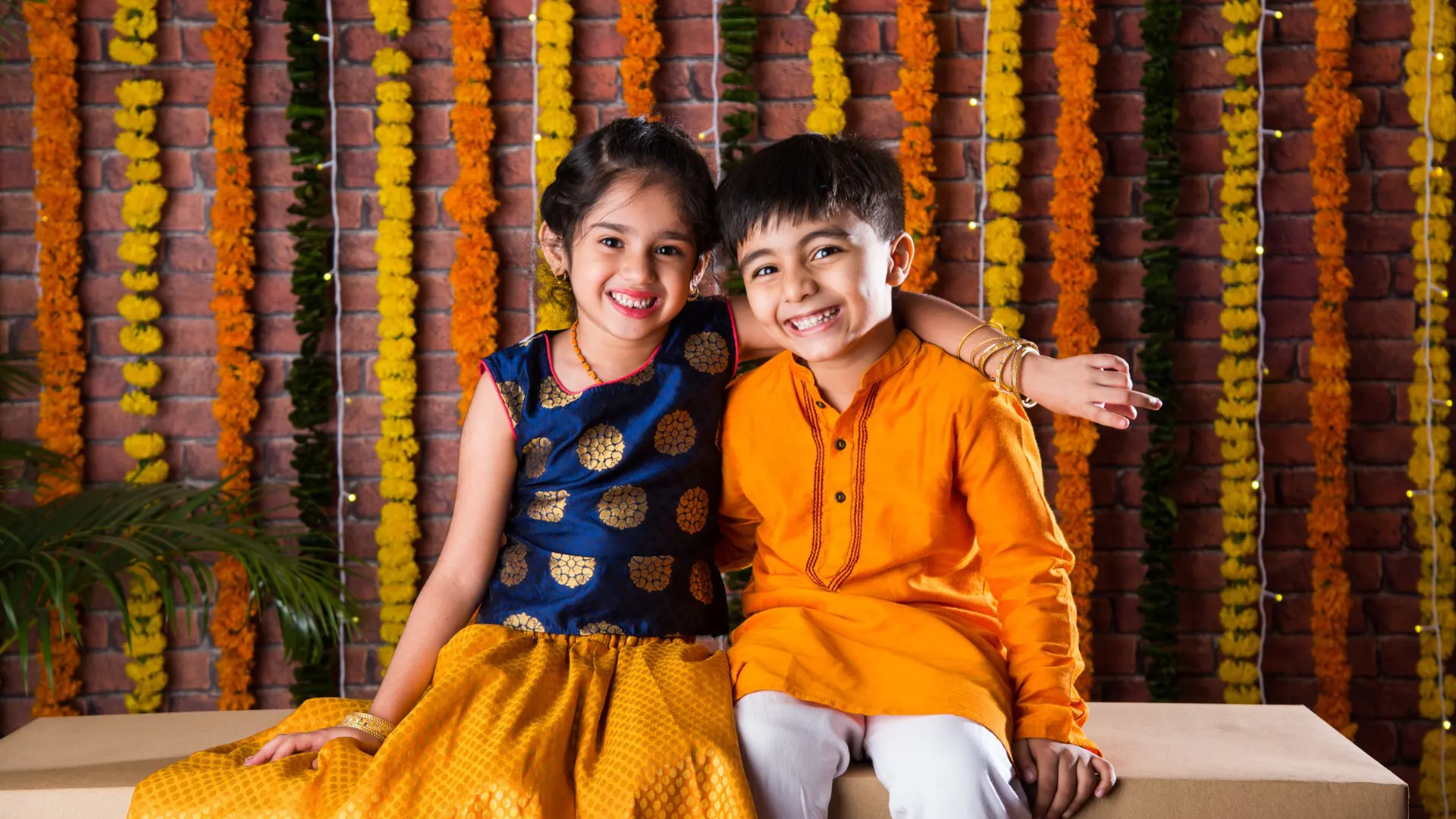
When it comes to Indian weddings, traditional clothing has the completely changed aura to carry. And, who else can do wonders other than kids with their never-ending charm and charisma.
Keeping comfort on top of everything is a concern cum priority for all of us when selecting Indian clothes for kids. It is to choose a dress that your child can wear for long hours without feeling uncomfortable or irritated.
Kids tend to get cranky if their clothing is not comfortable, and you don’t want that on such an important occasion. (It will definitely steal your comfort too 😜)
Where to buy:
For Boy: Check out the collection on Myntra
For Girl: Check out the collection on Myntra
3. Keep the Weather in Mind
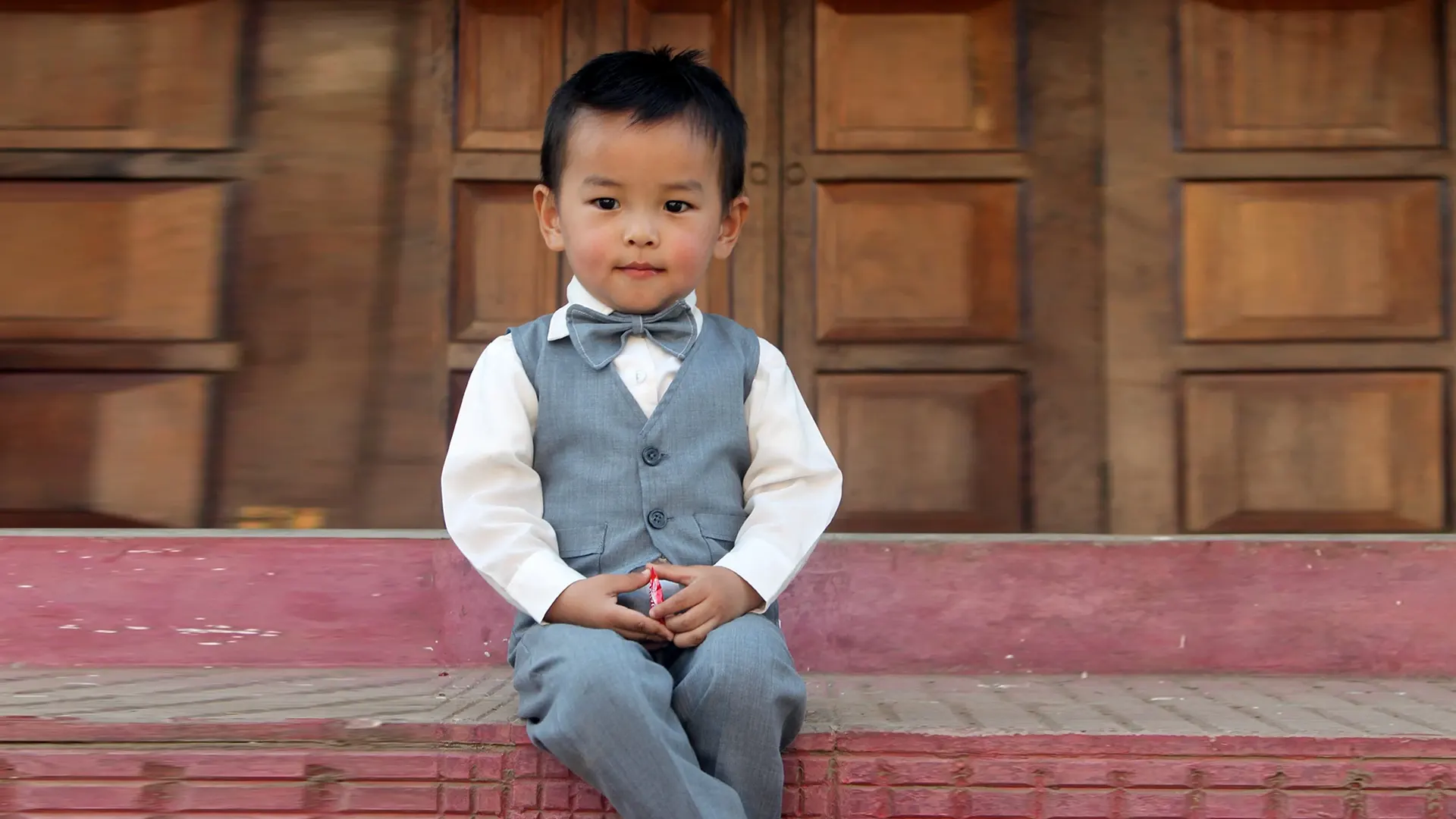
Another highlight would be what prints to pick in what type of weather while selecting a wedding dress for your child.
If it’s going to be a hot day, you have choose a dress that is light in colour and airy to breath and for sure not to miss the fun of playing and running around.
Similarly, if the weather is going to be cold, select a dress that can keep your child warm and cosy with darker shades and bold prints.. Don’t forget to take extra clothing for your child in case of rain or emergency.
Where to buy:
For Boy: Check out the collection on Myntra
For Girl: Check out the collection on Myntra
Read more: https://www.beingmomandmore.com/category/baby-toddler/kids-fashion/
4. Choose the Right Colour
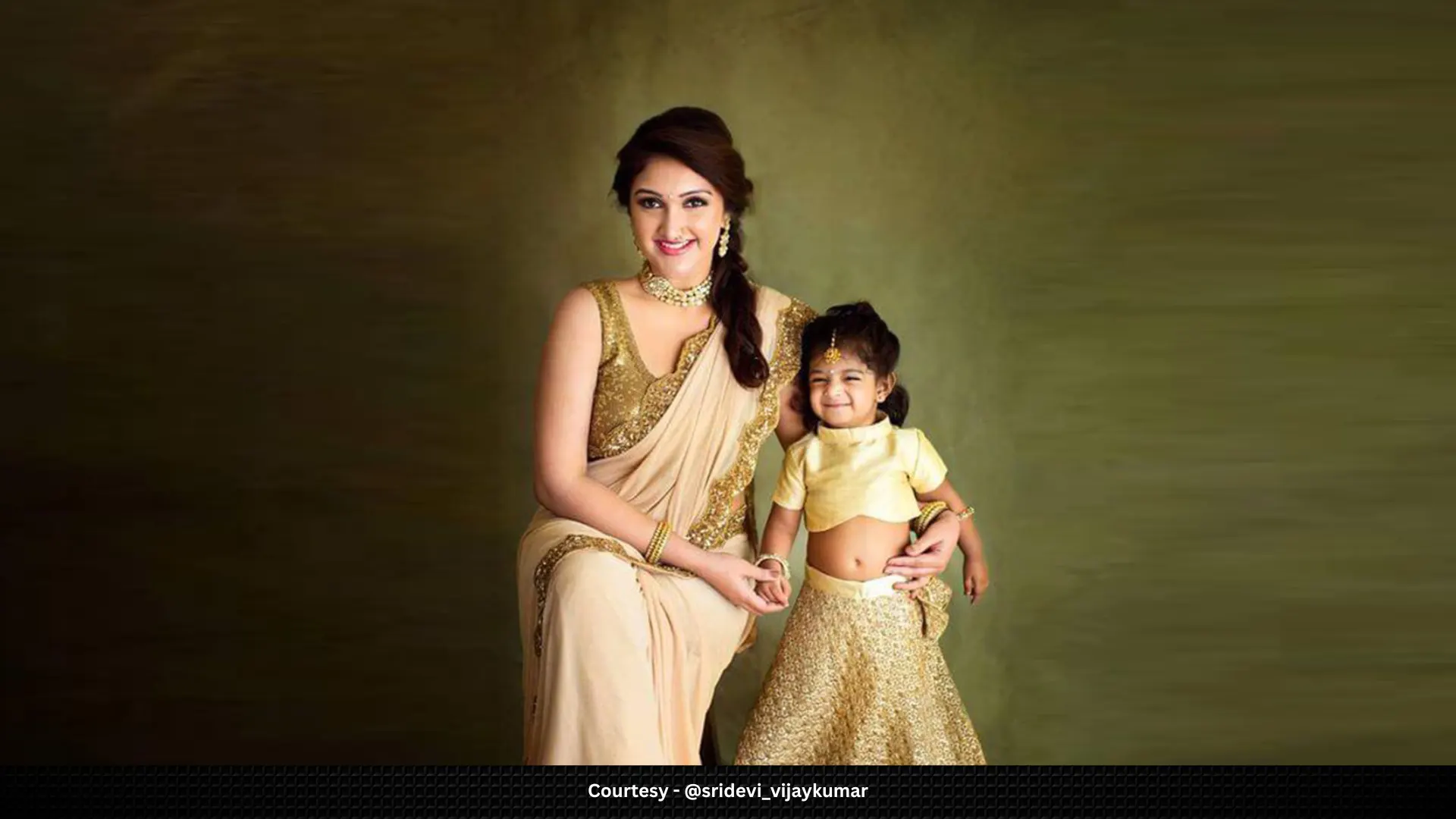
Choosing the right colour for the wedding dress can be the game changer for over all look of your child. In my opinion bright and warm colours can be a good choice for colder months and soothing and pastel are for summers in traditional weddings.
To add glam to wedding outfits try twinning with your baby to make a lovely pair that matches the theme or the colour scheme of the wedding.
“ Select the ideal shade to complement your child’s unique beauty and radiance, to make them shine brighter.”
Where to buy:
For Boy: Check out the collection on Myntra
For Girl: Check out the collection on Myntra
5. Pay Attention To The Dress Length

This tip is especially for toddler girls’ Indian wedding outfits. Do check the length of the dress to avoid tripping and hurting.
Choose a dress that is appropriate for your child’s age and height to make it more fun and easy.
Where to buy:
For Boy: Check out the collection on Myntra
For Girl: Check out the collection on Myntra
6. Accessorise Appropriately

Accessorising the wedding dress is another art that can add a cuteness to your child’s attire. Find headband or a bow tie for a formal look or add a matching belt or a scarf to the dress.
Or you can try a small black bindi on your little doll ( I love all my childhood pictures in that 🥰)
However, make sure you don’t overdo it. Too many accessories can make the kids’ wedding wear look cluttered.
Where to buy:
For Boy: Check out the collection on Myntra
For Girl: Check out the collection on Myntra
Read more: https://www.beingmomandmore.com/kids-fashion-15-must-haves-for-stylish-and-trendy-toddlers/
7. Involve your Child In The decision-Making
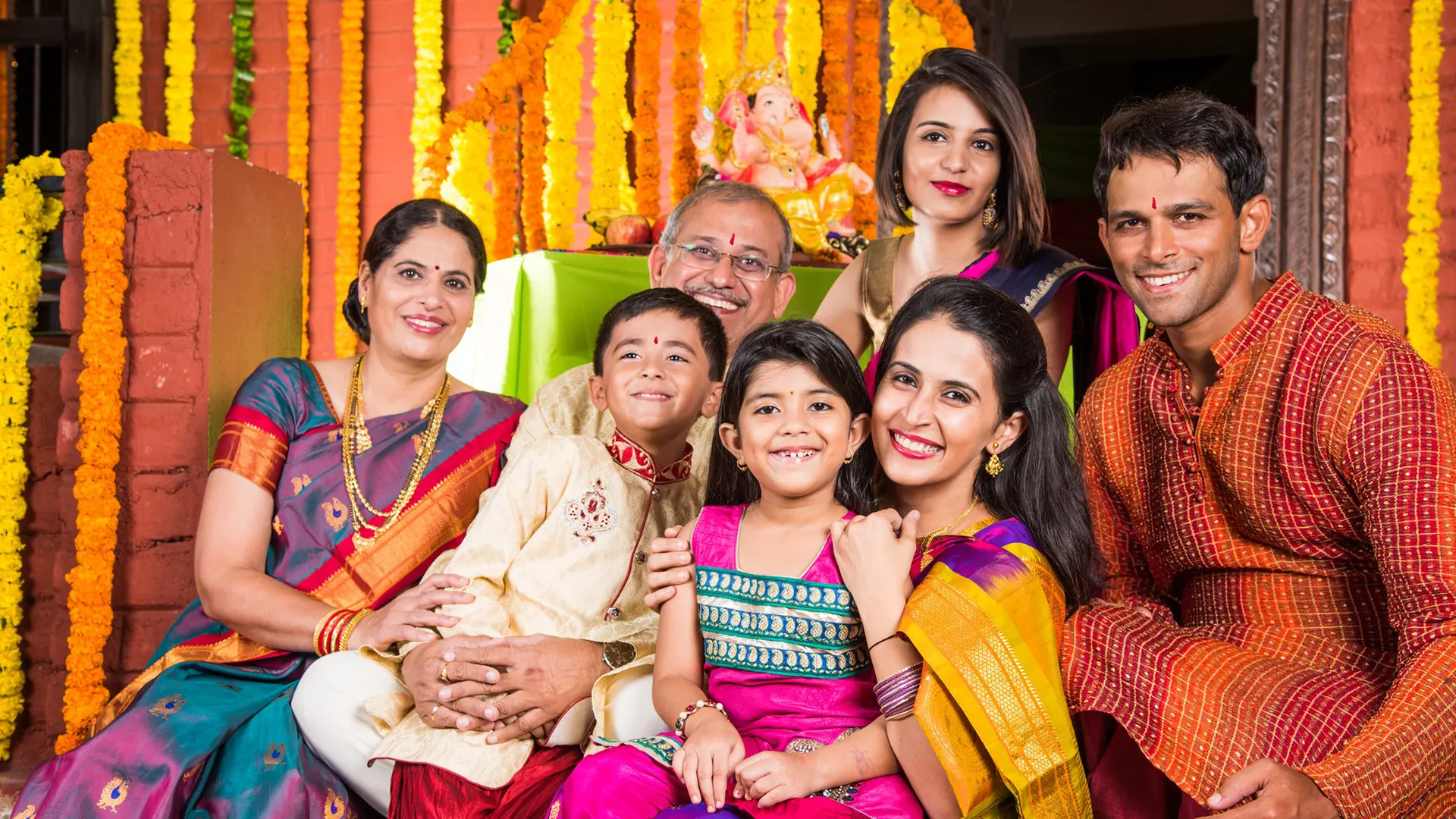
Last but not least, whenever you are going wedding shopping involve your child in deciding on the attire.
Let them choose the dress they want to wear. This will make them feel important and give them a sense of ownership.
However, make sure the dress they choose is appropriate for the occasion and meets your expectations and needs.
Where to buy:
For Boy: Check out the collection on Myntra
For Girl: Check out the collection on Myntra
Winding Up Tip:
Choosing your child’s outfit for the big day, while prioritising their comfort and preferences allow the kids to enjoy both the movement of the garments and their own.
Also remember to include a pair of relaxed shorts or perhaps tights when packing for kids during a wedding. Whatever the case, kids are most at ease in their regular clothes, therefore they must always have the choice to switch into them if they start to feel uncomfortable.
Happy wedding shopping!
